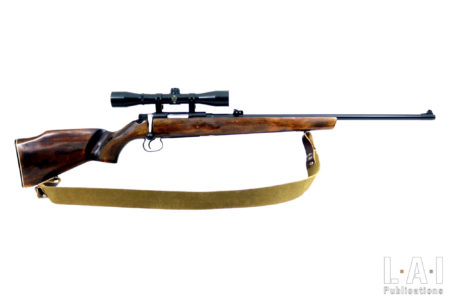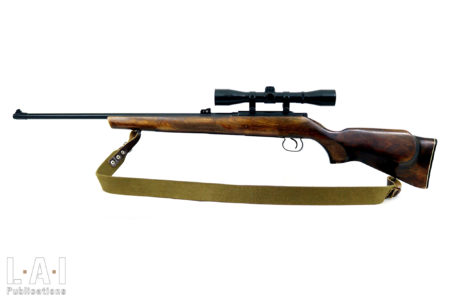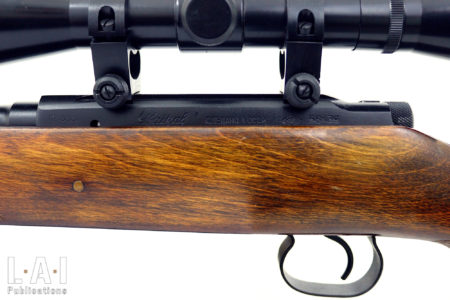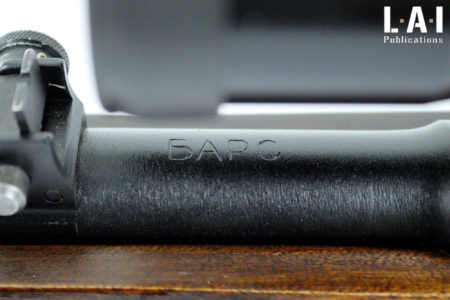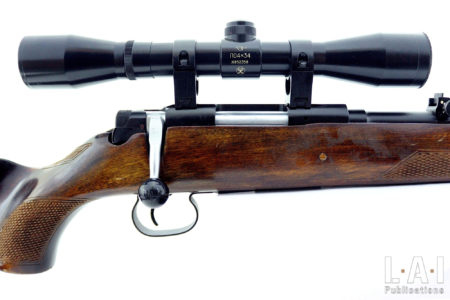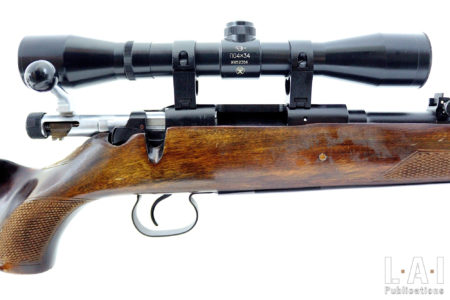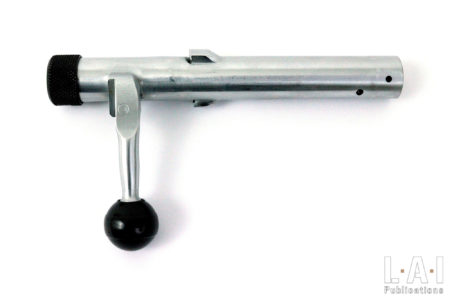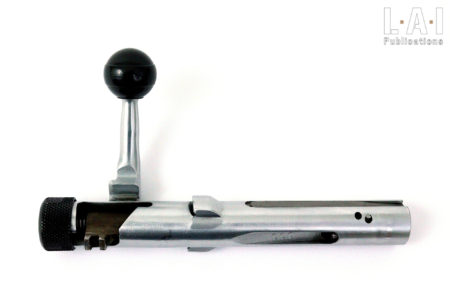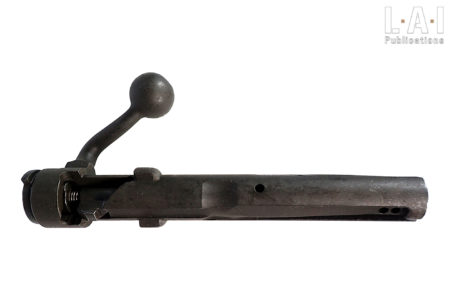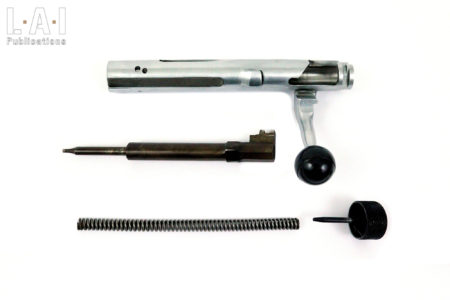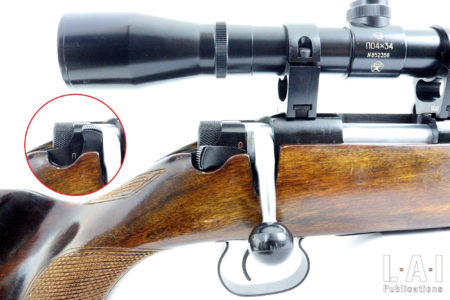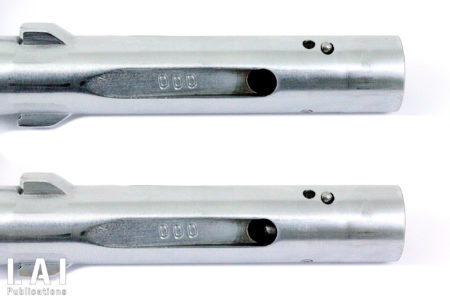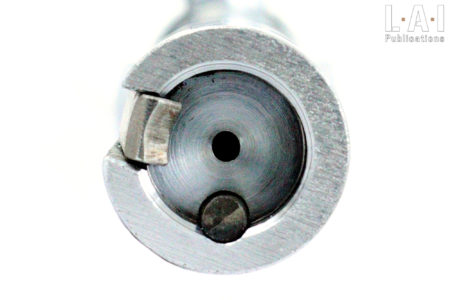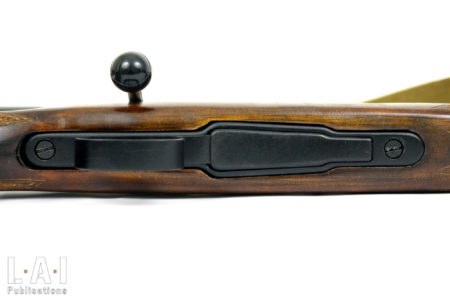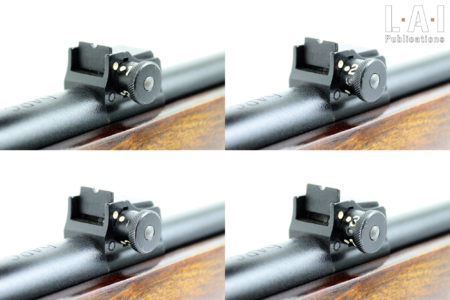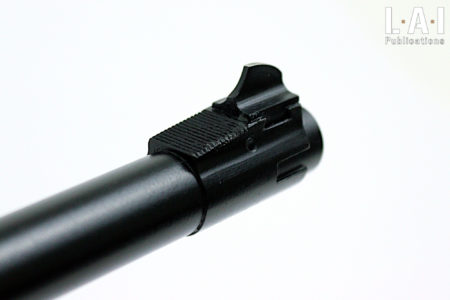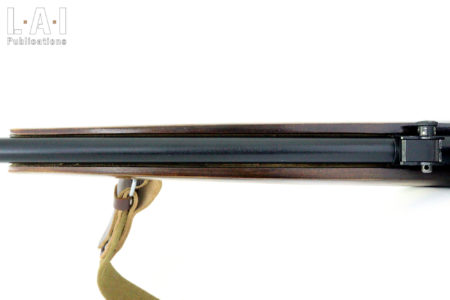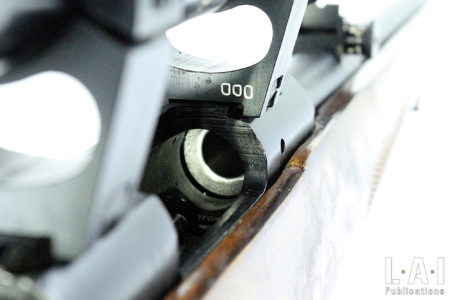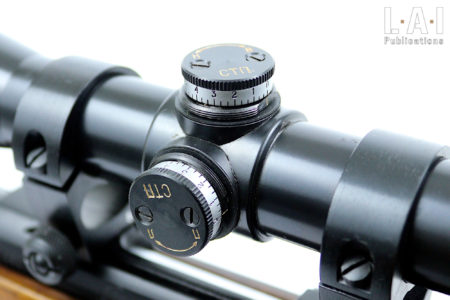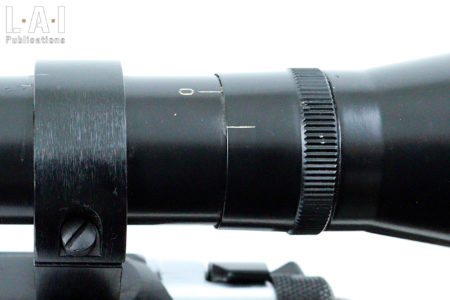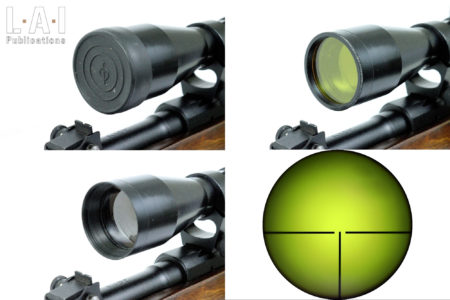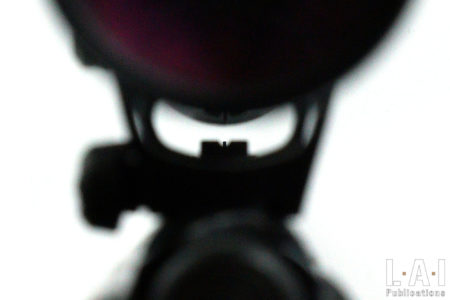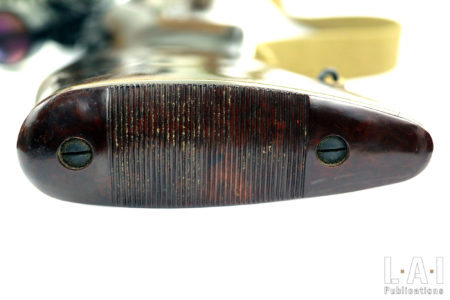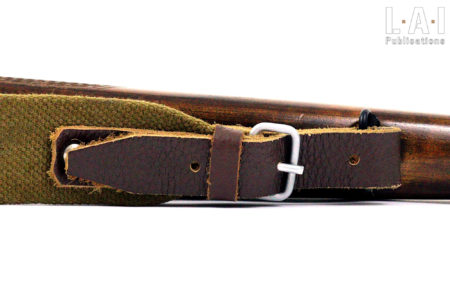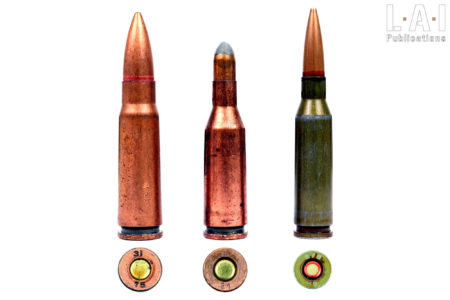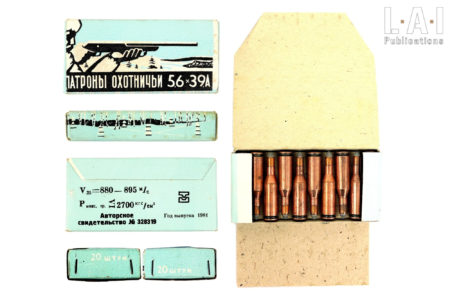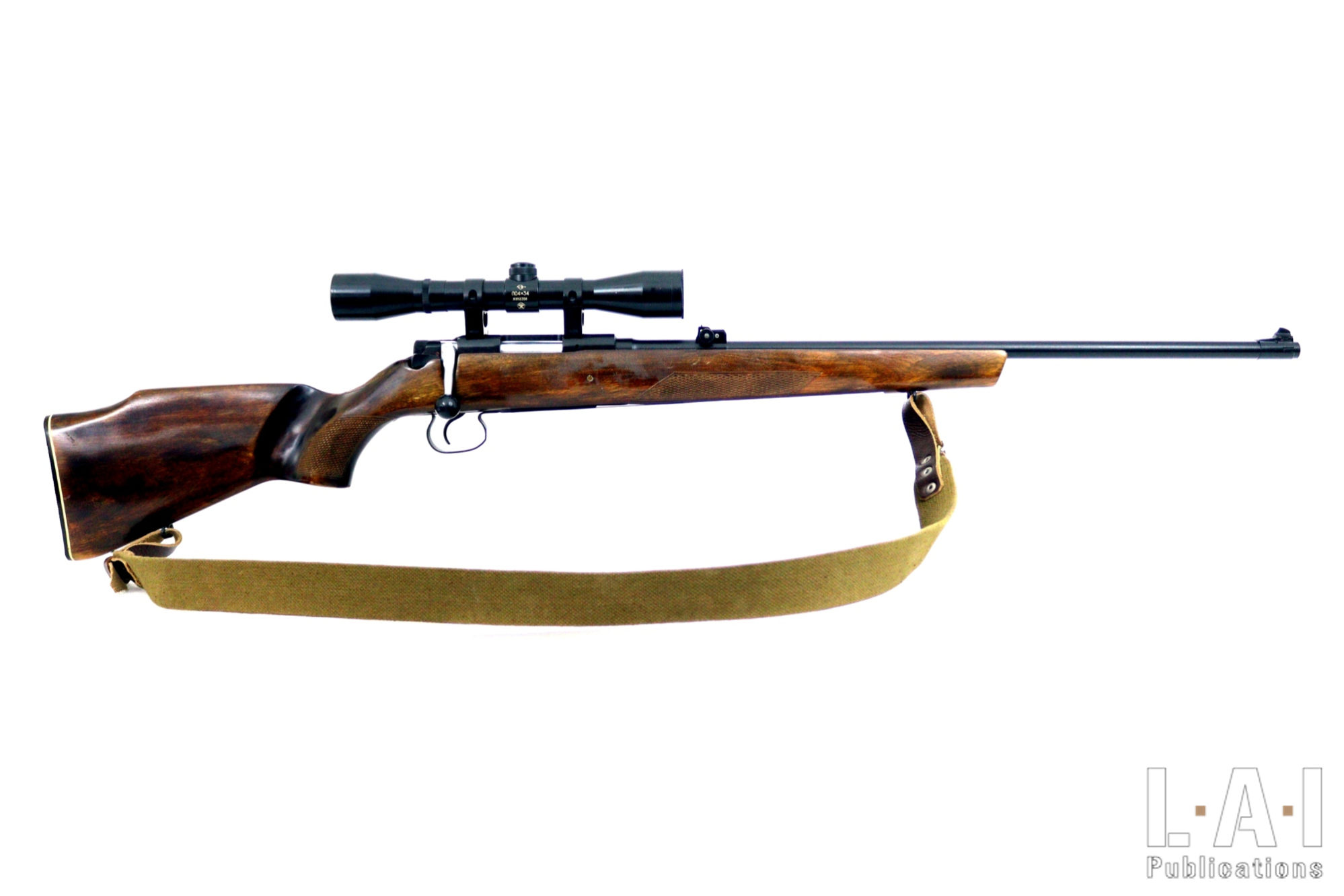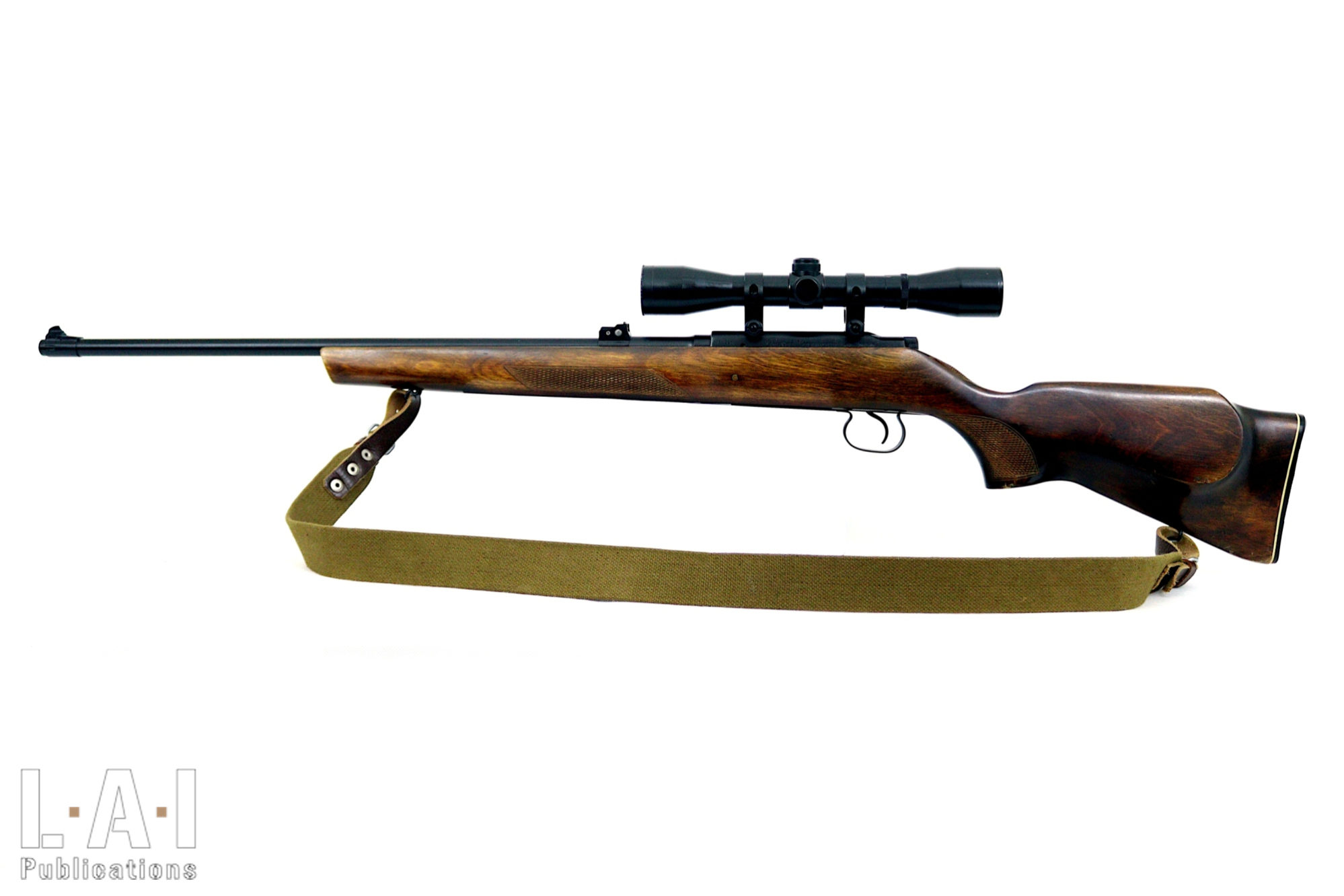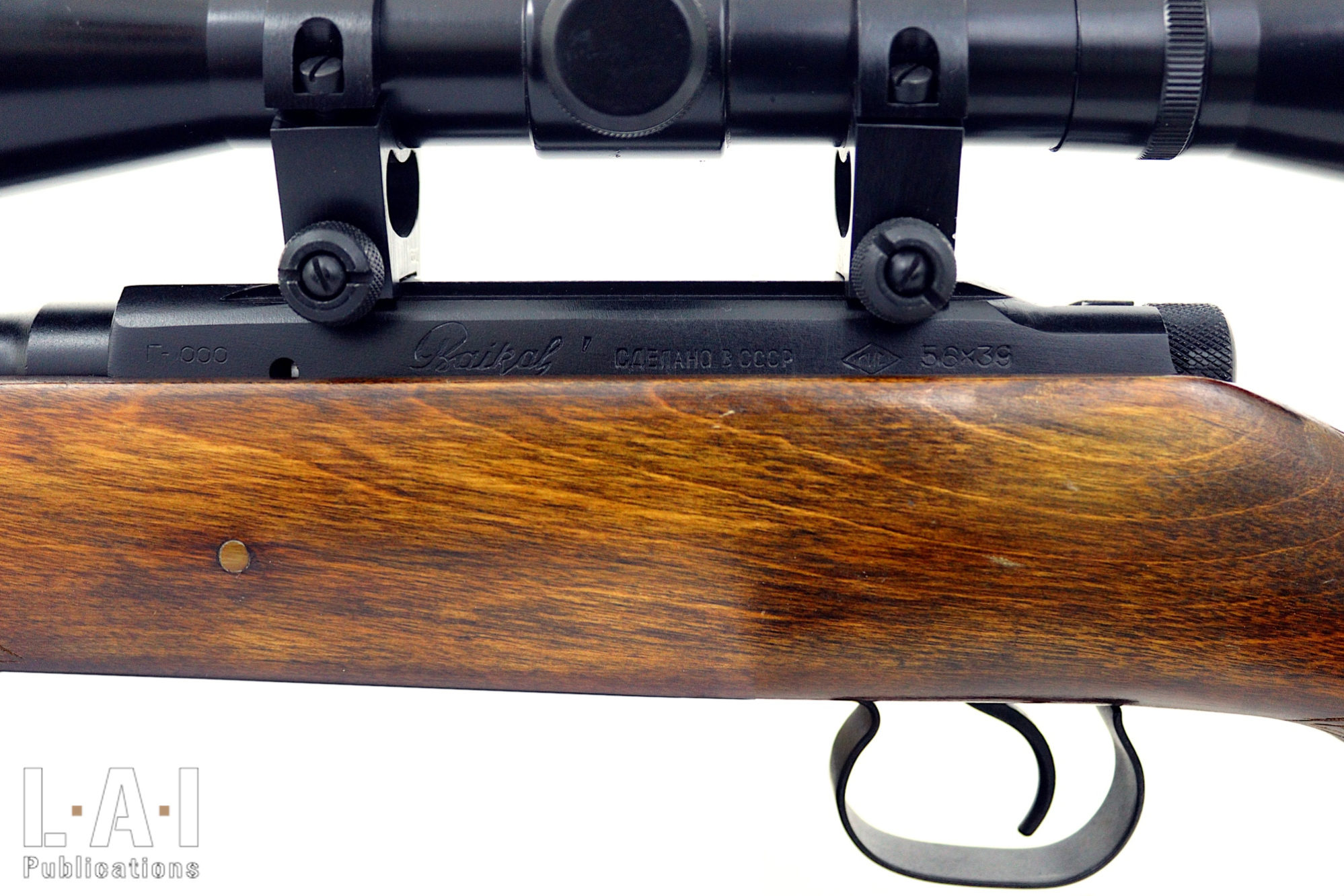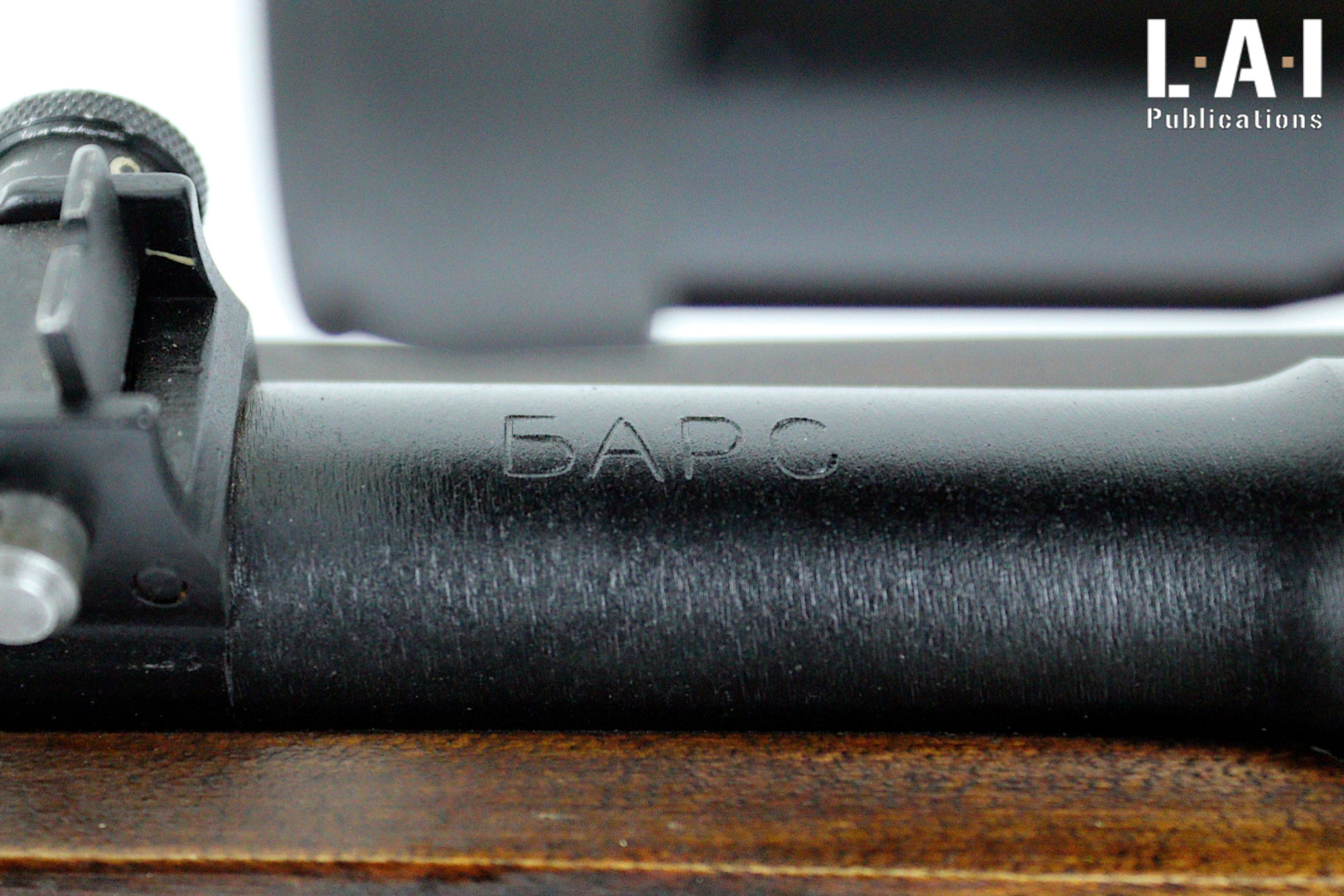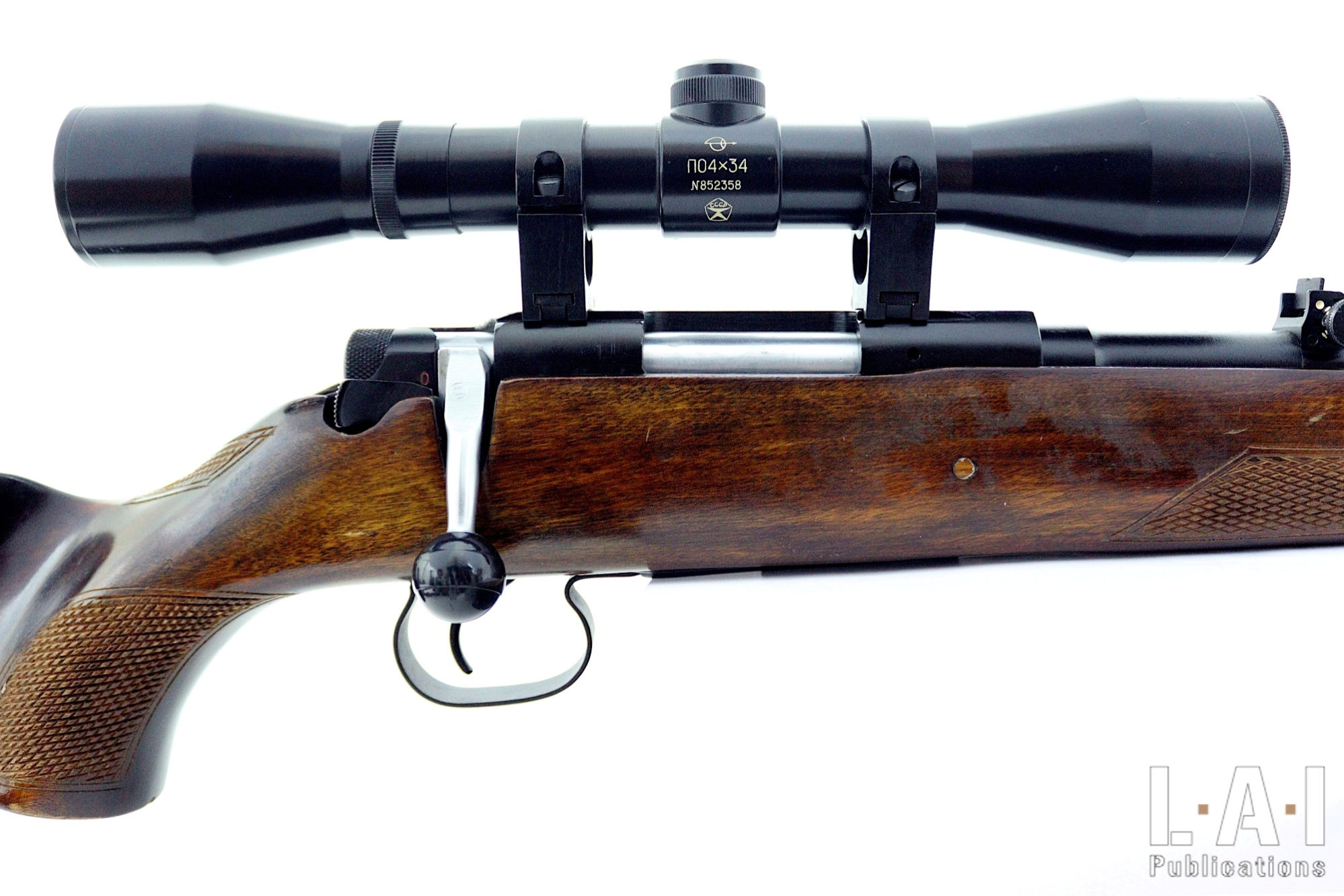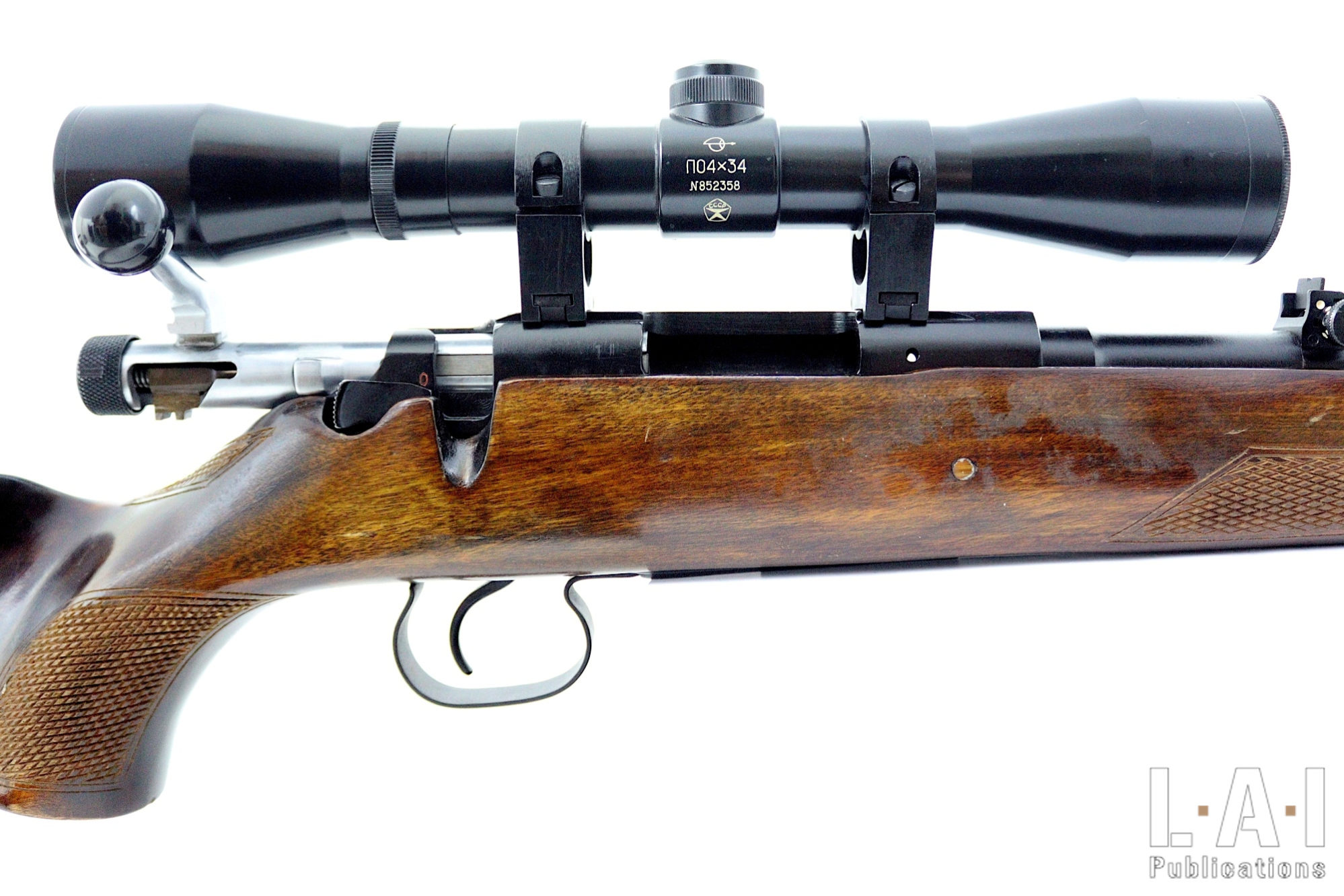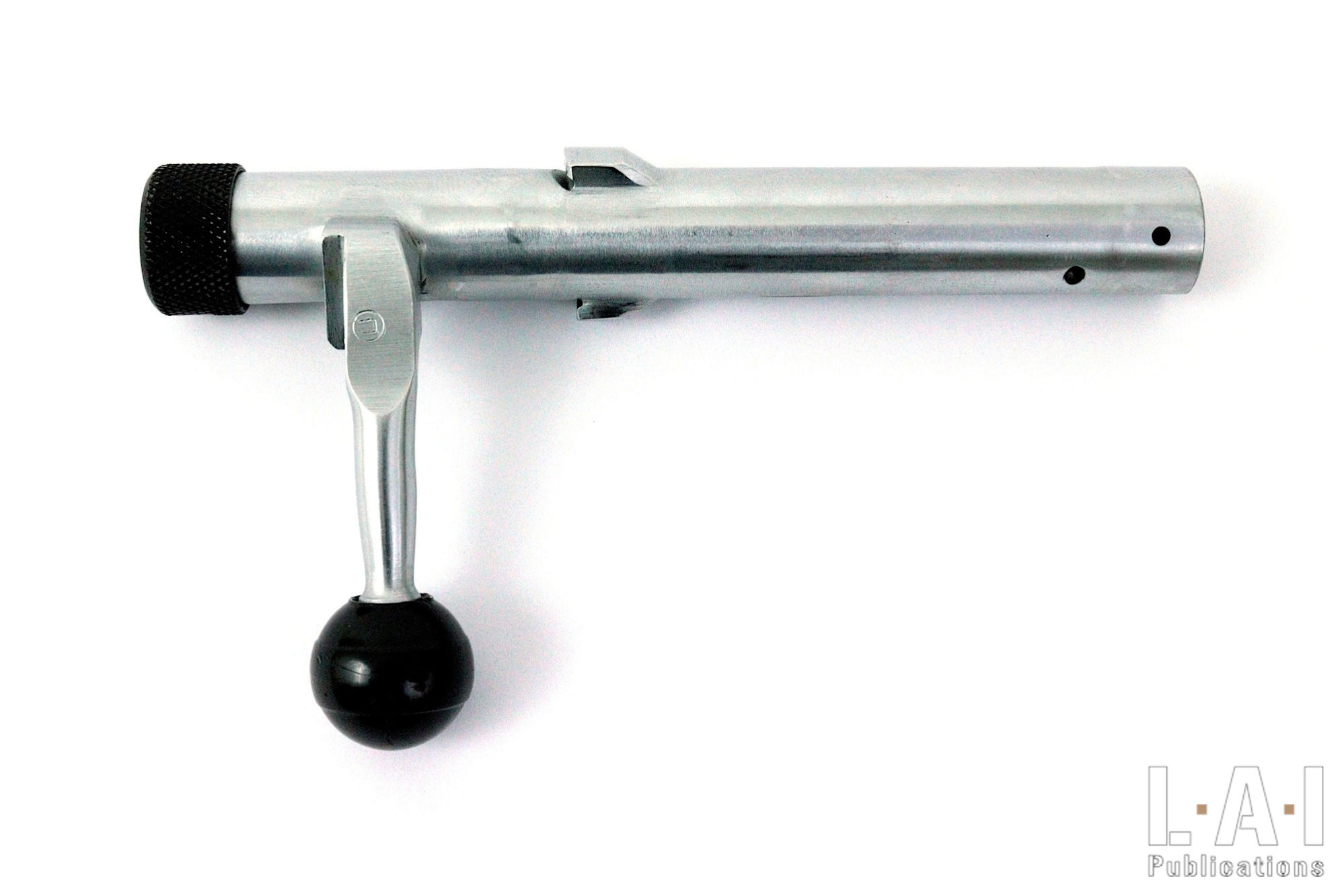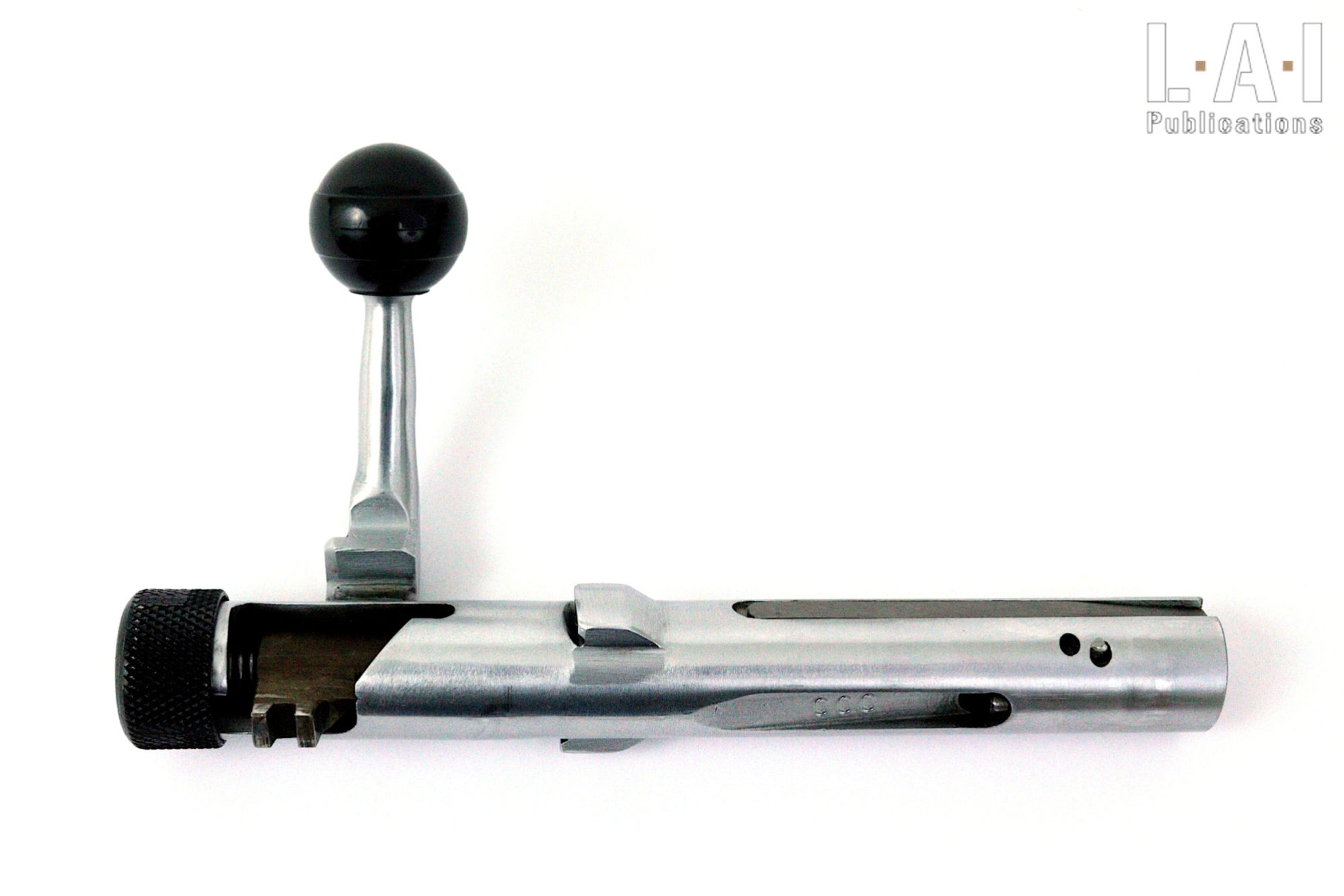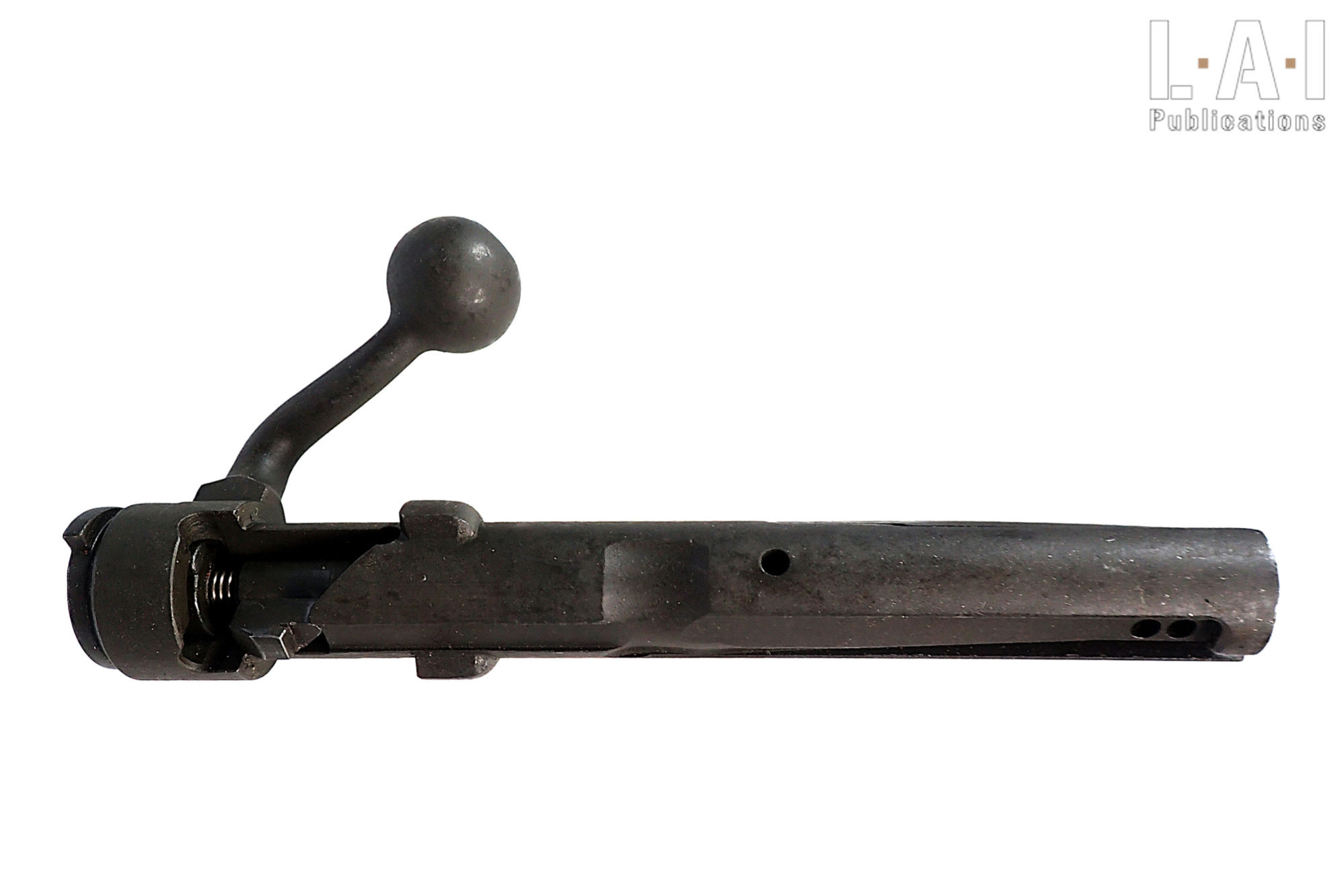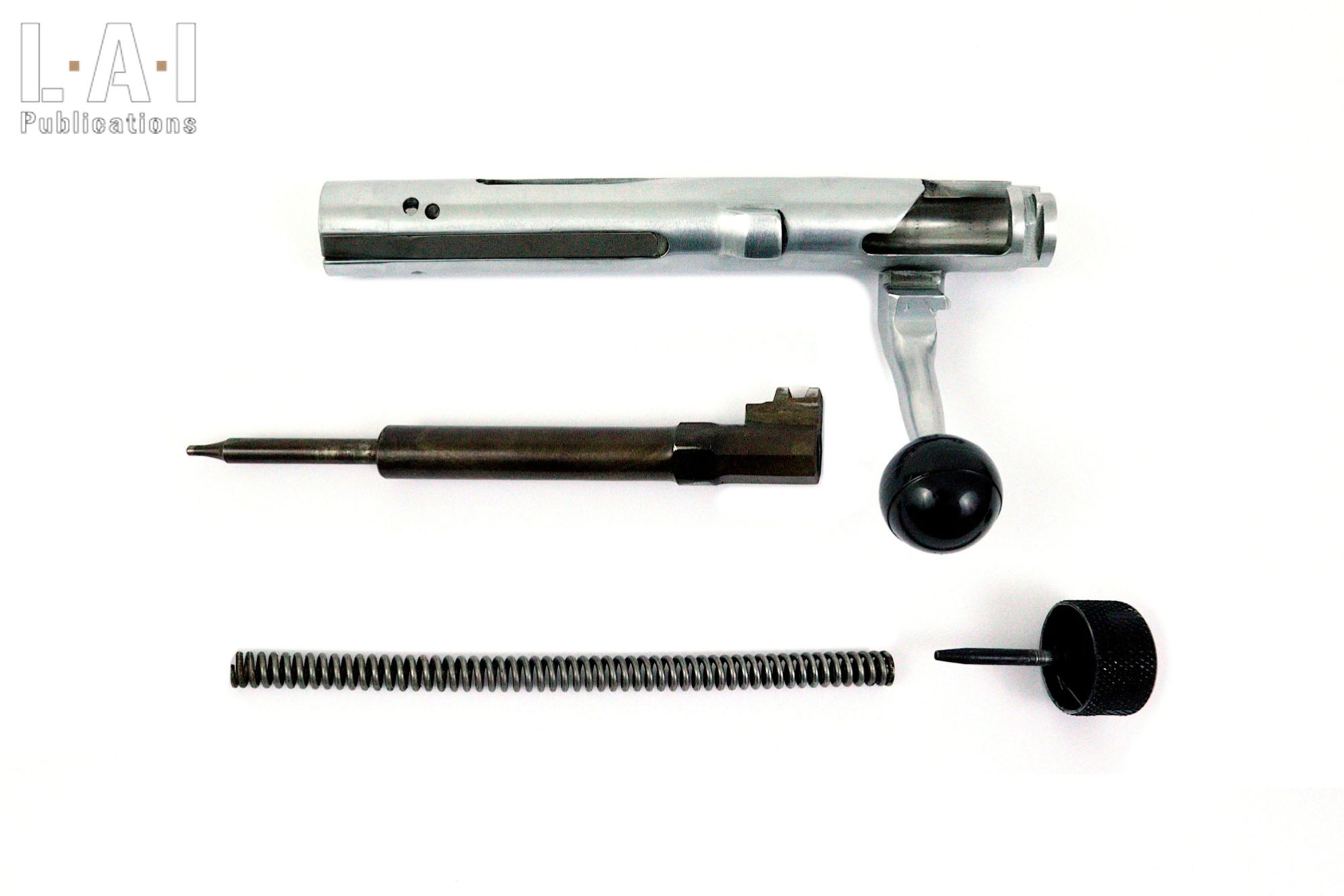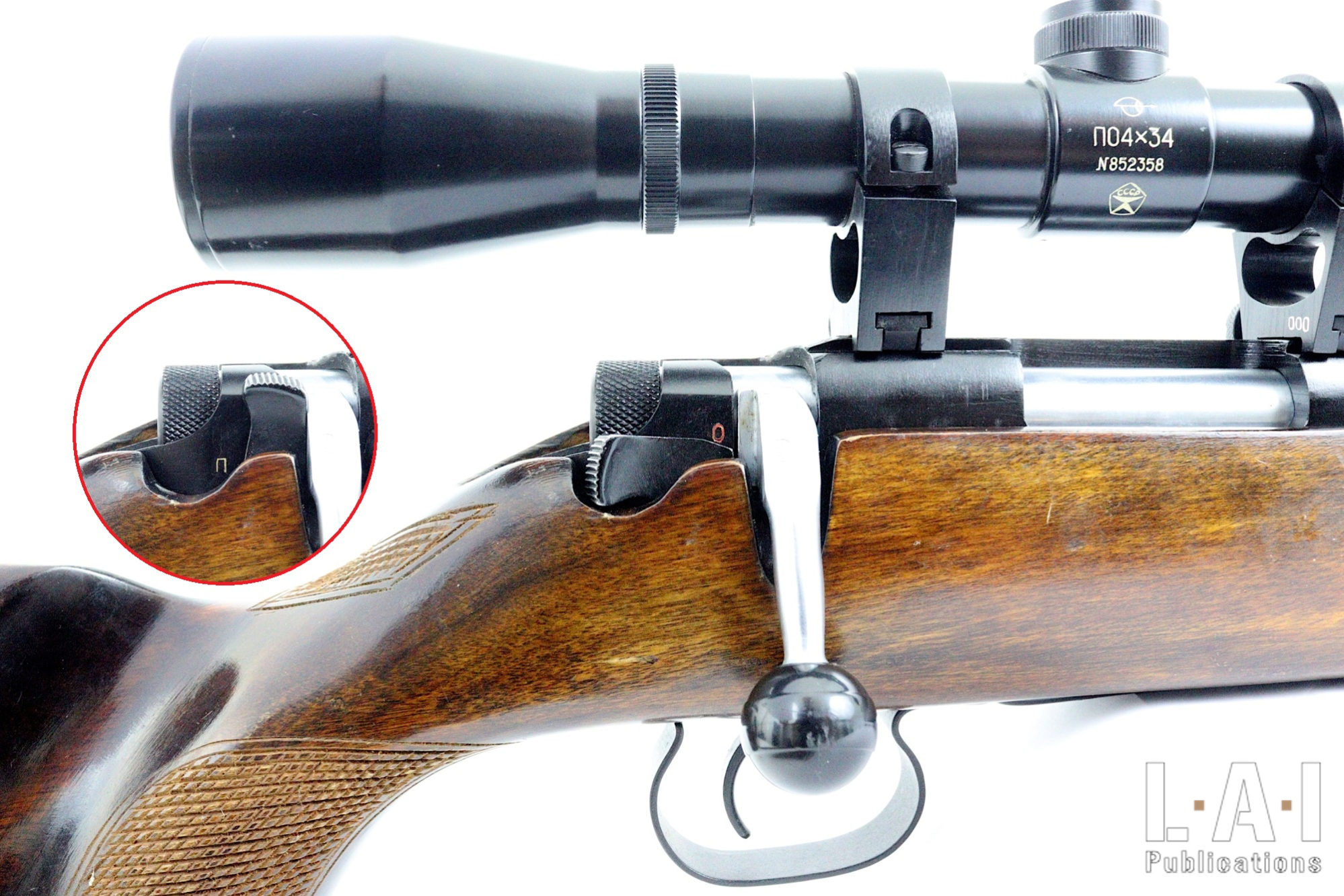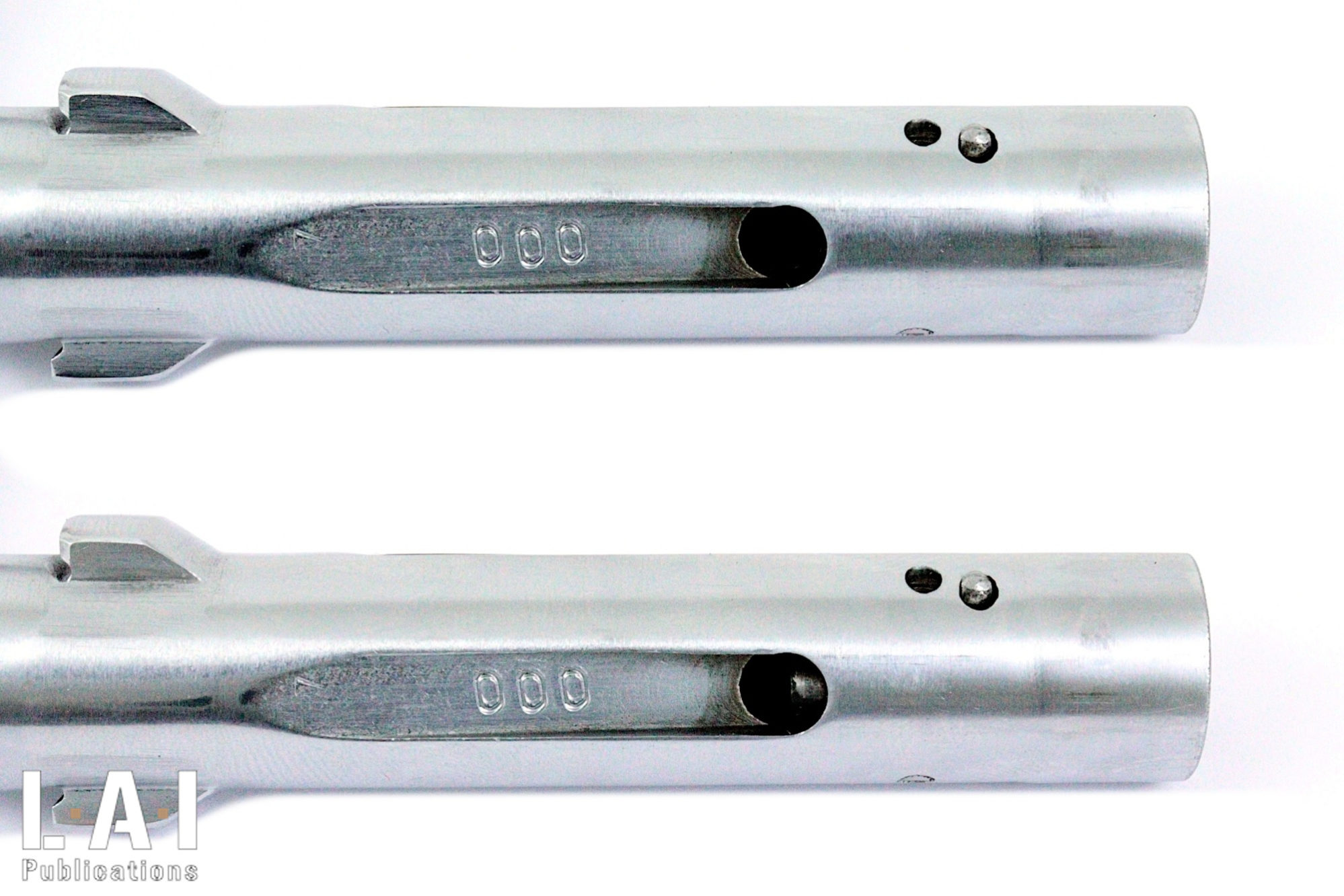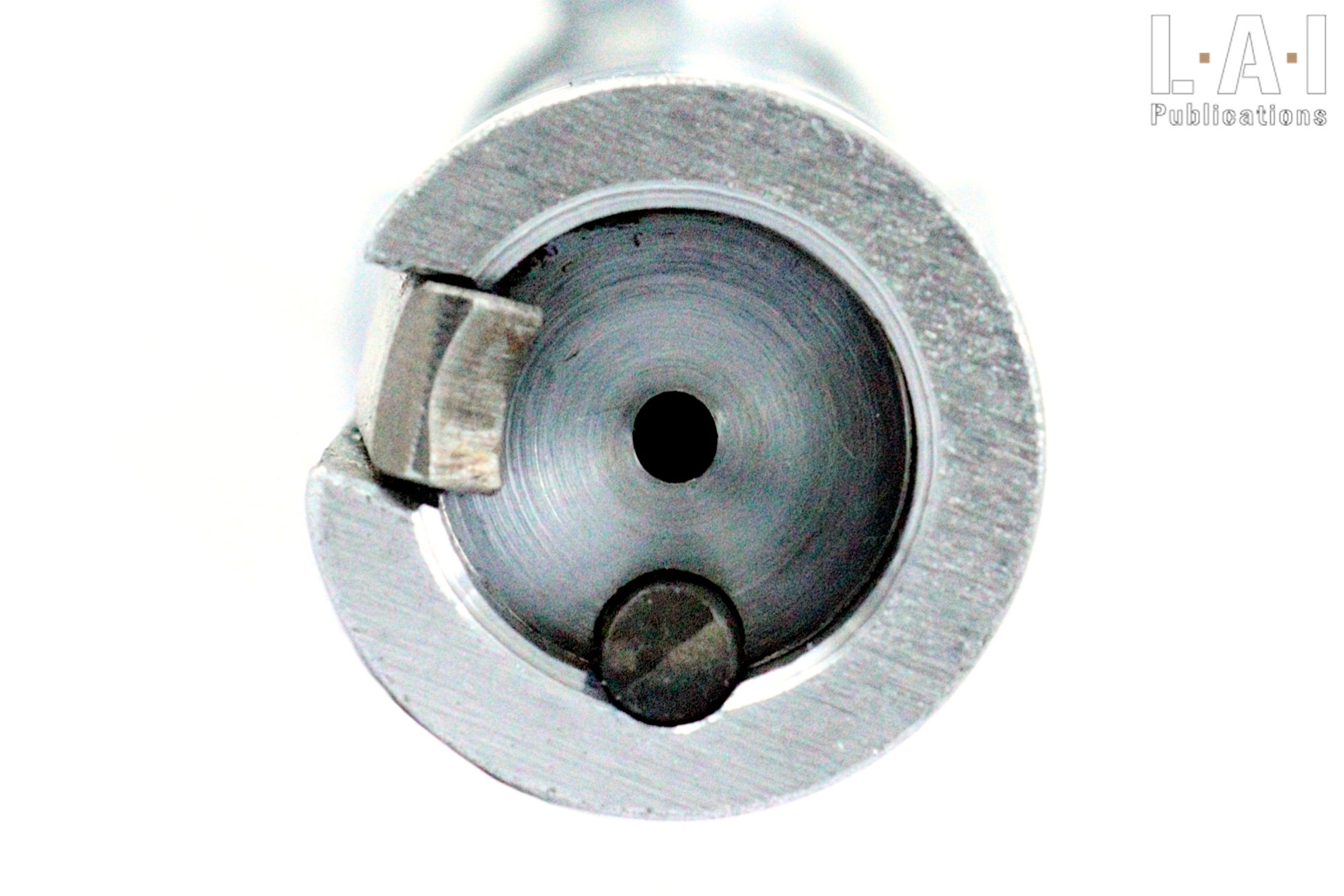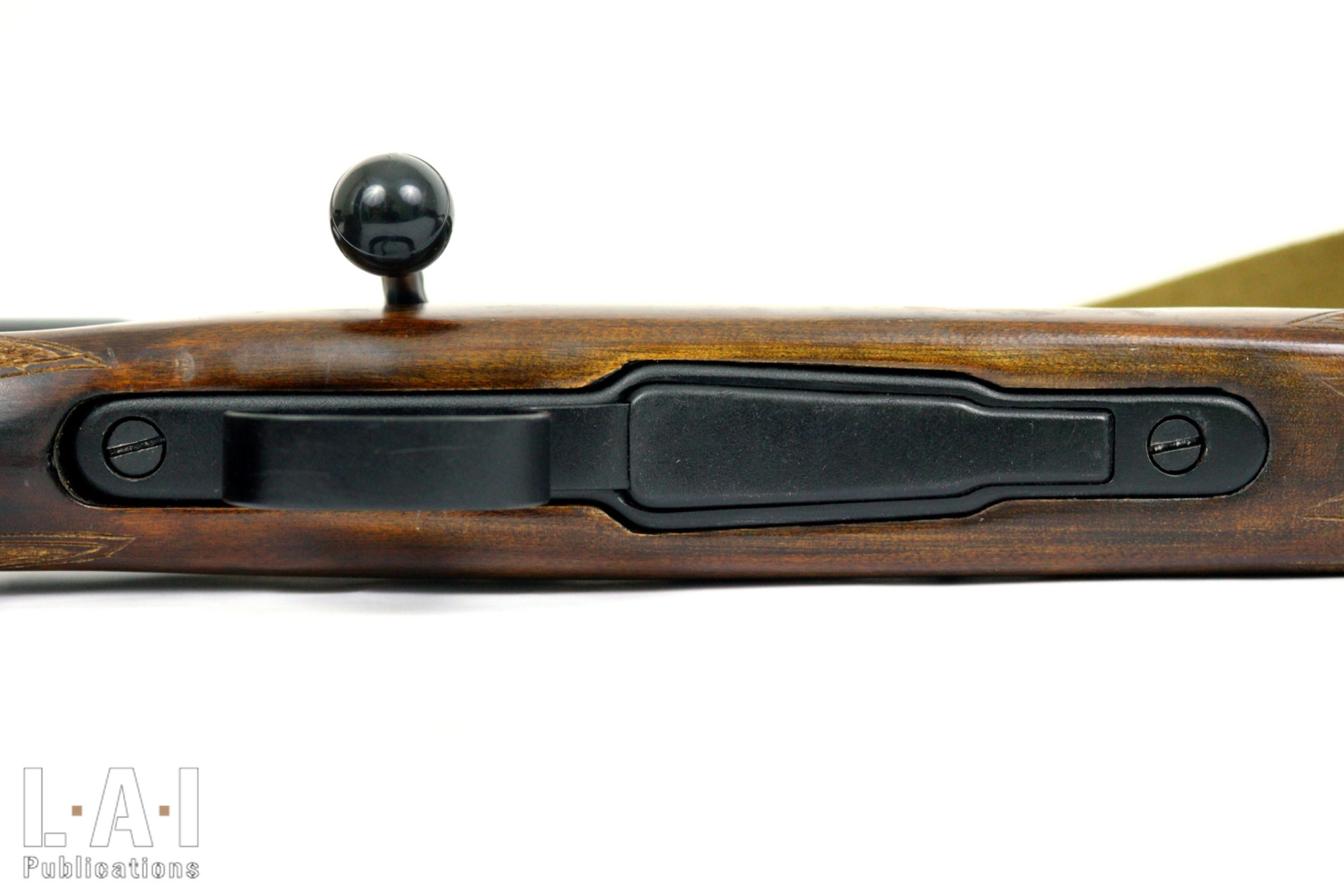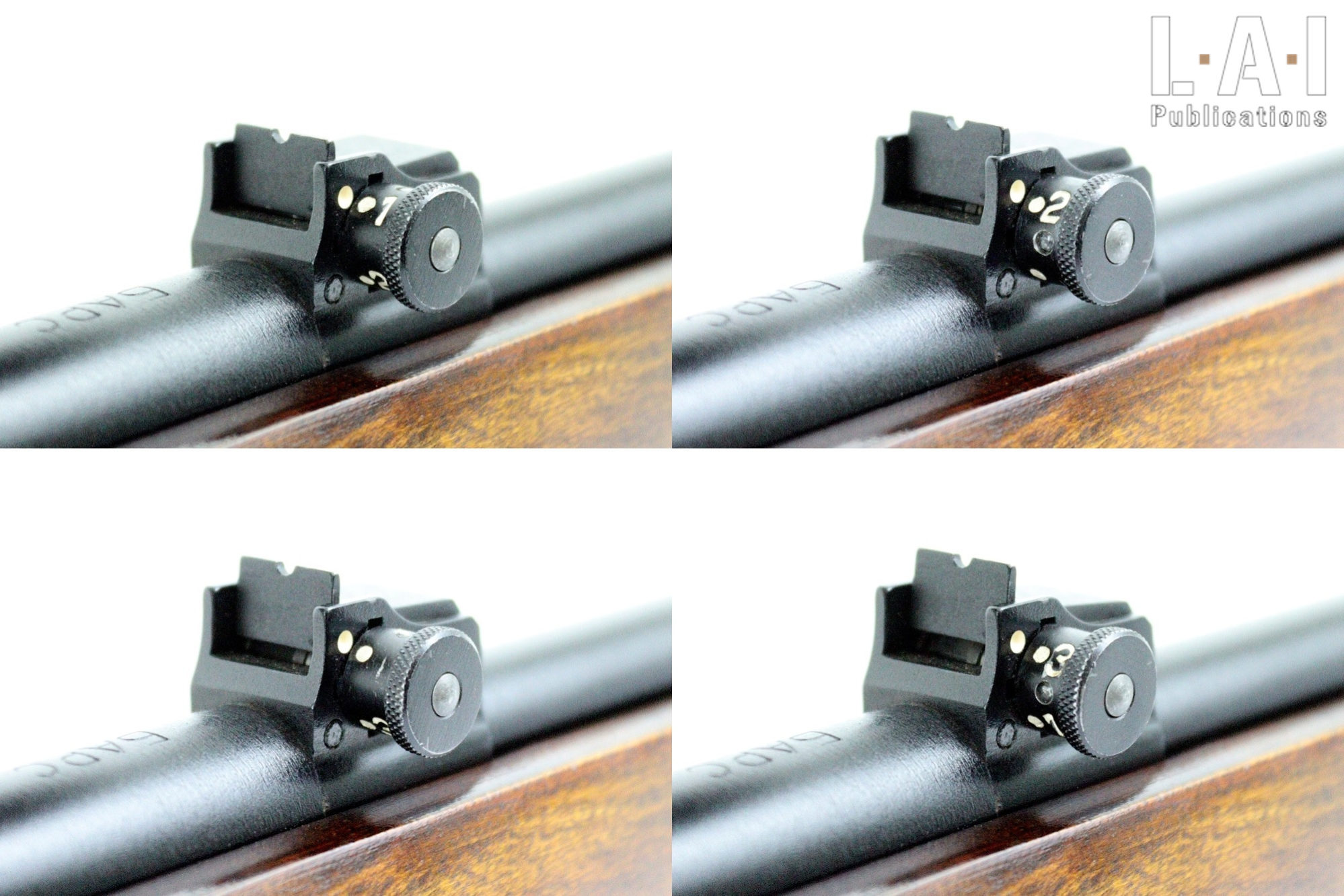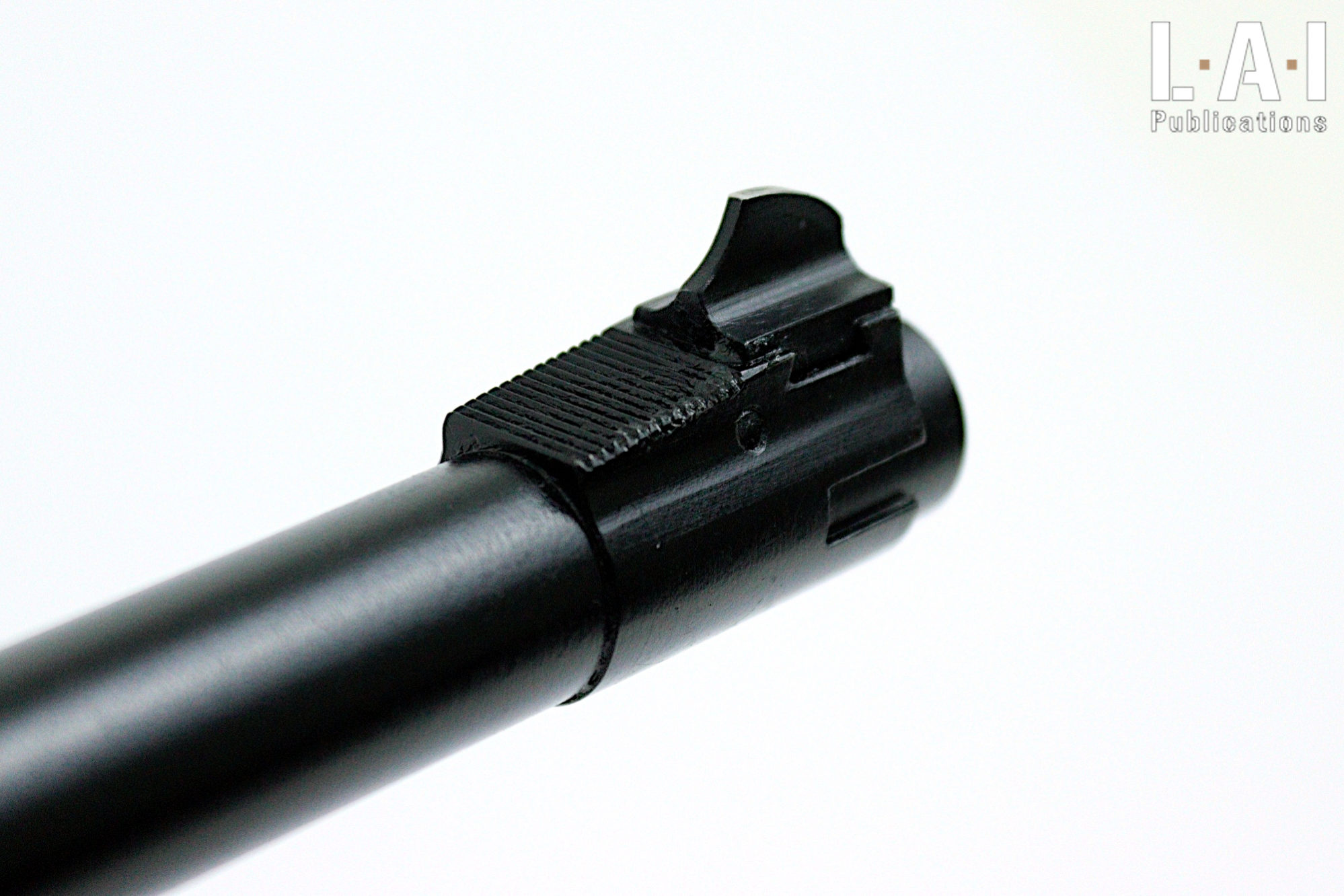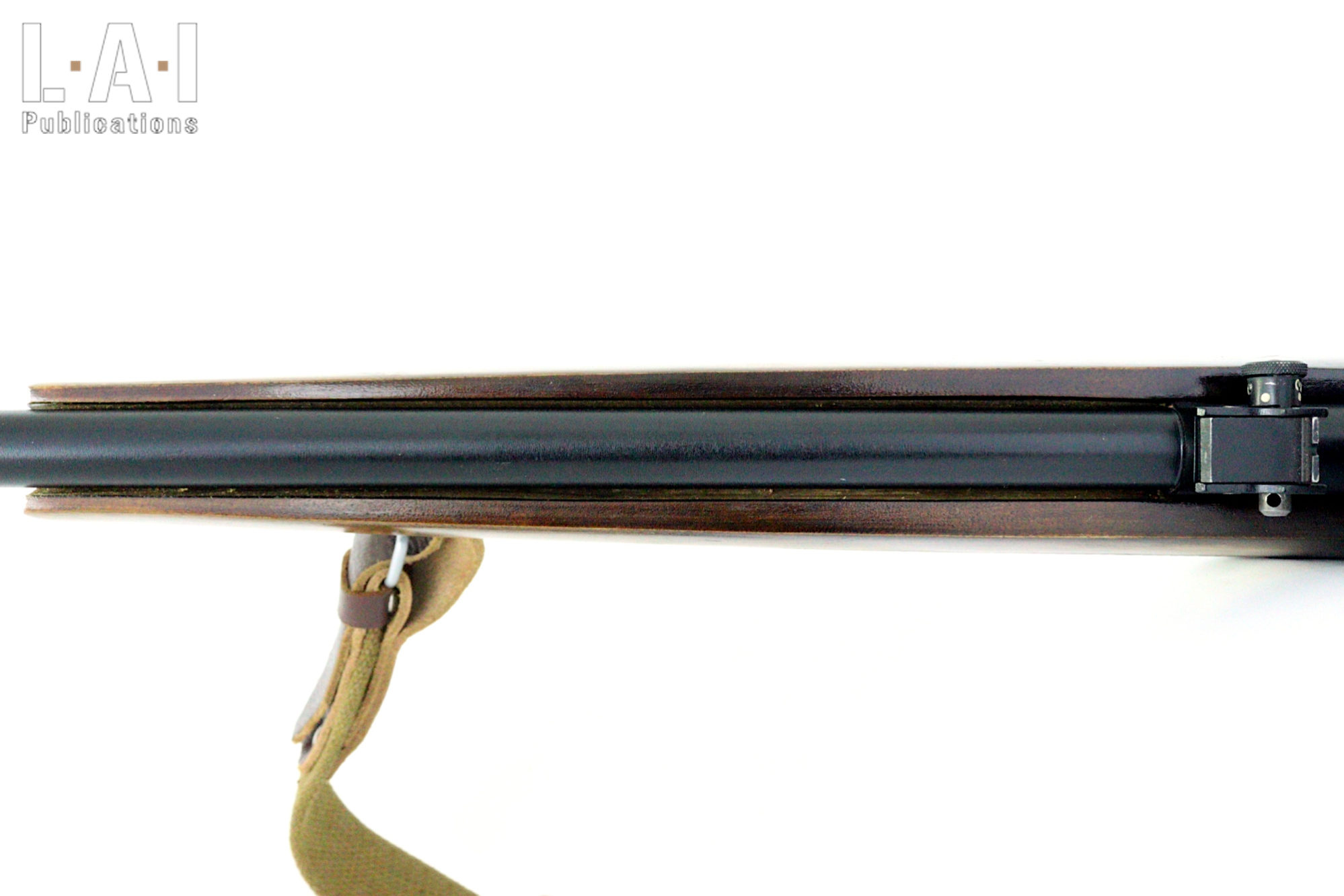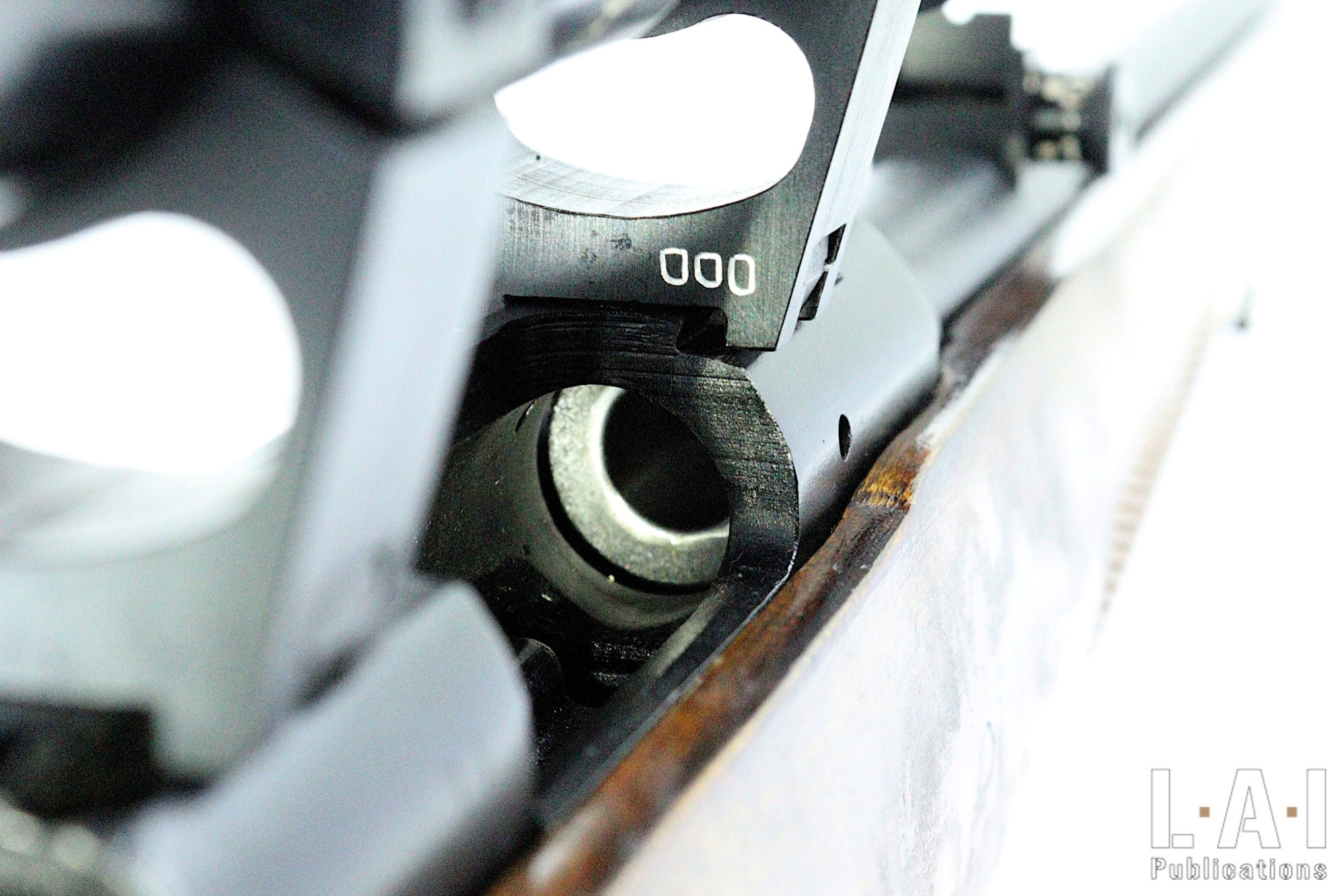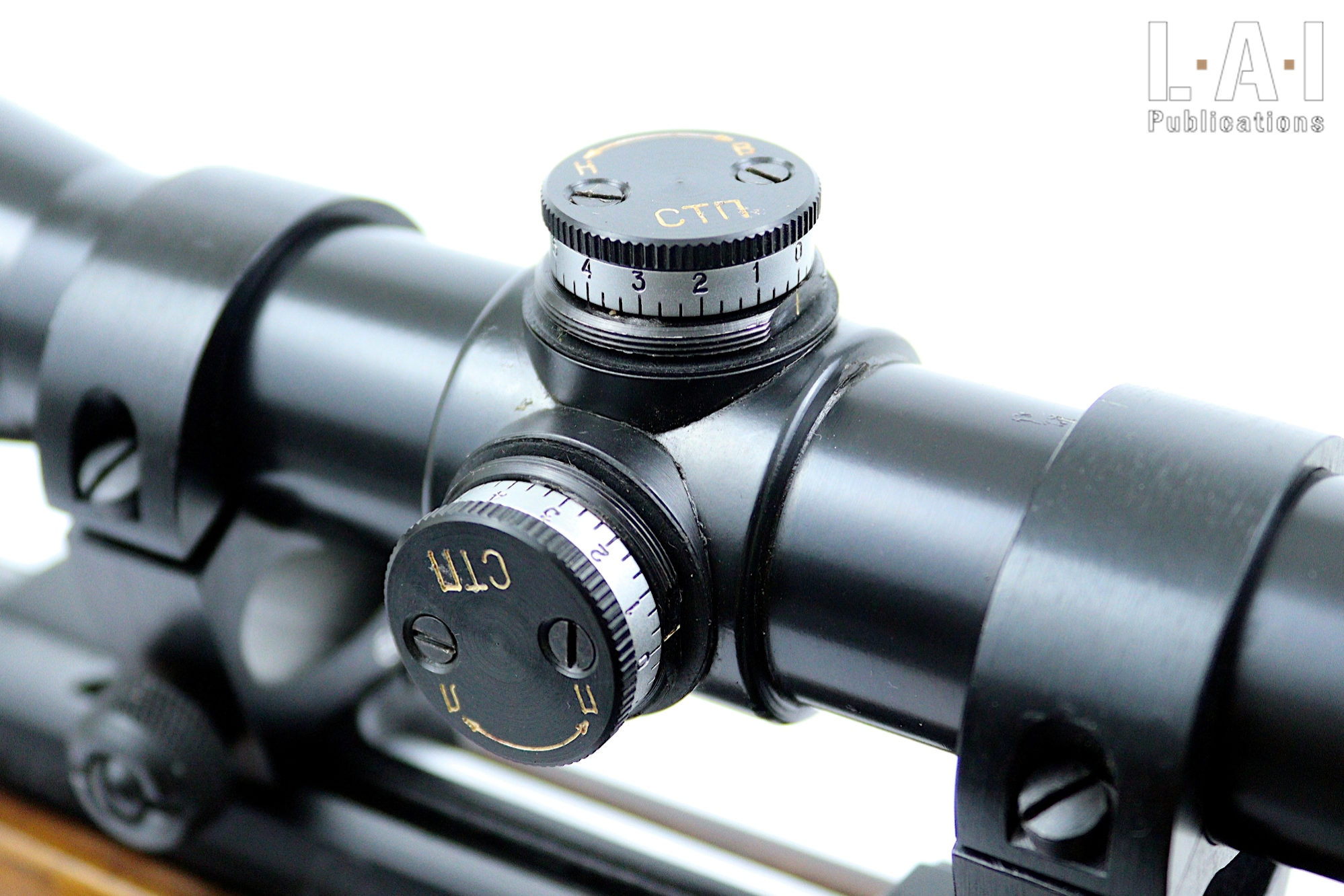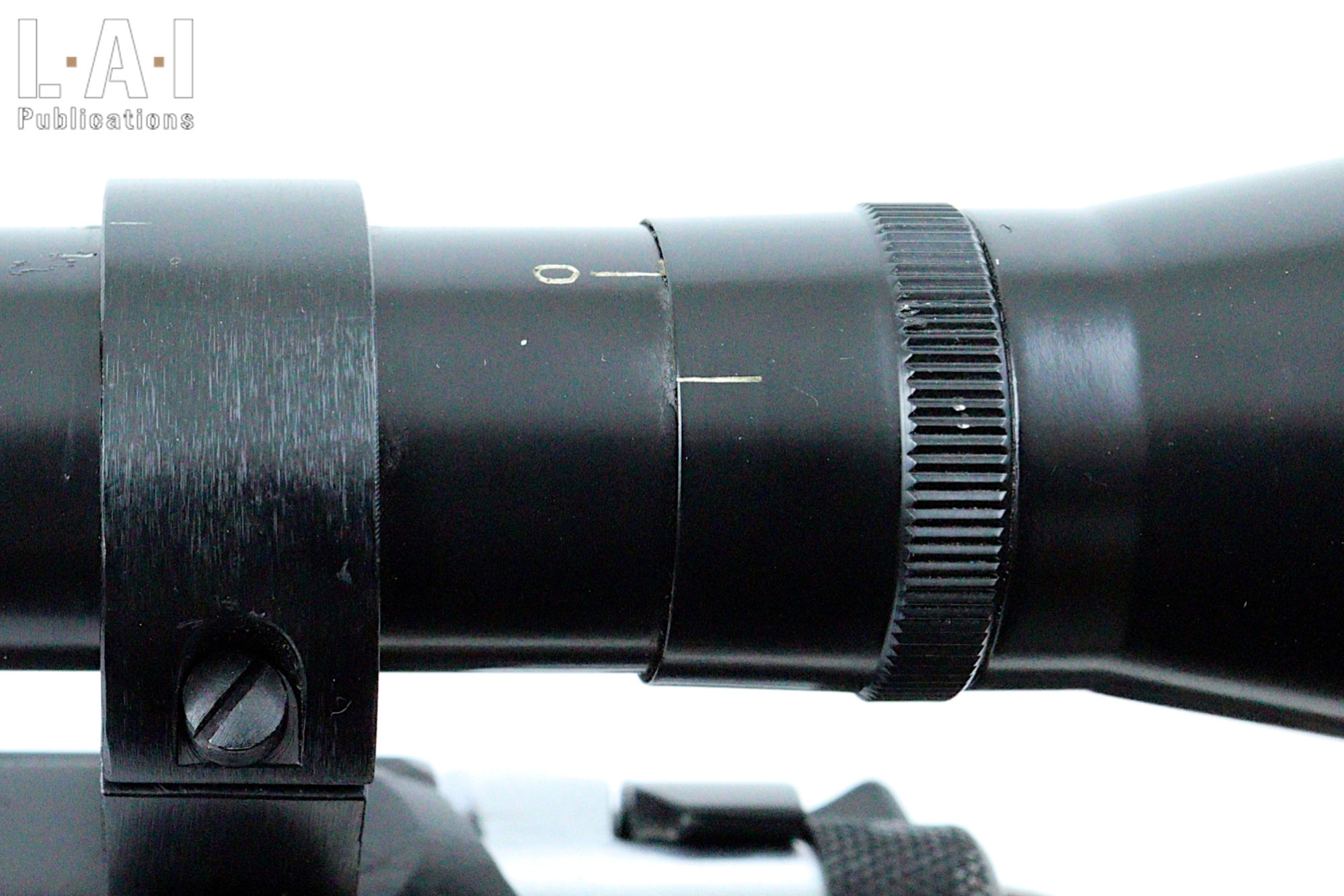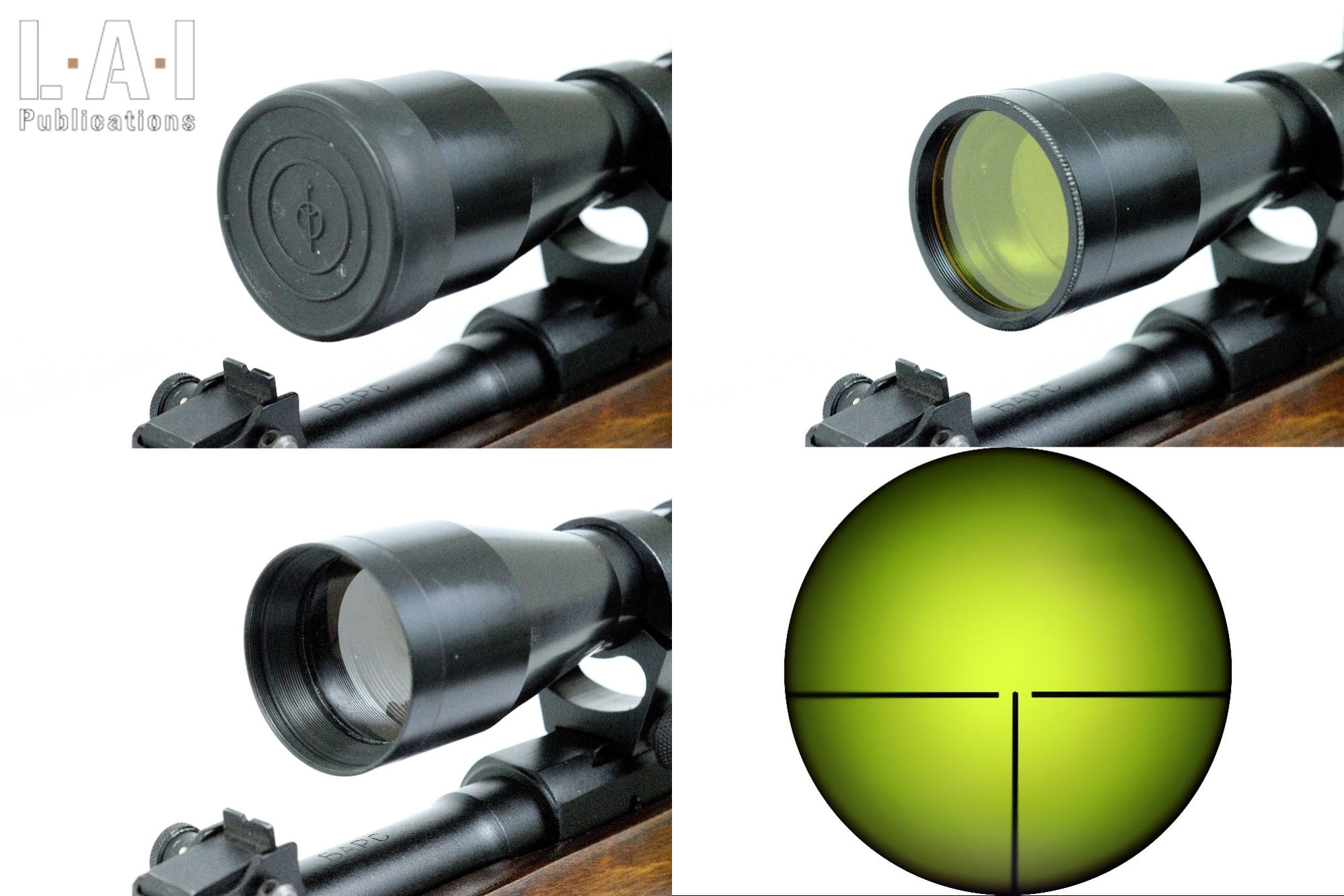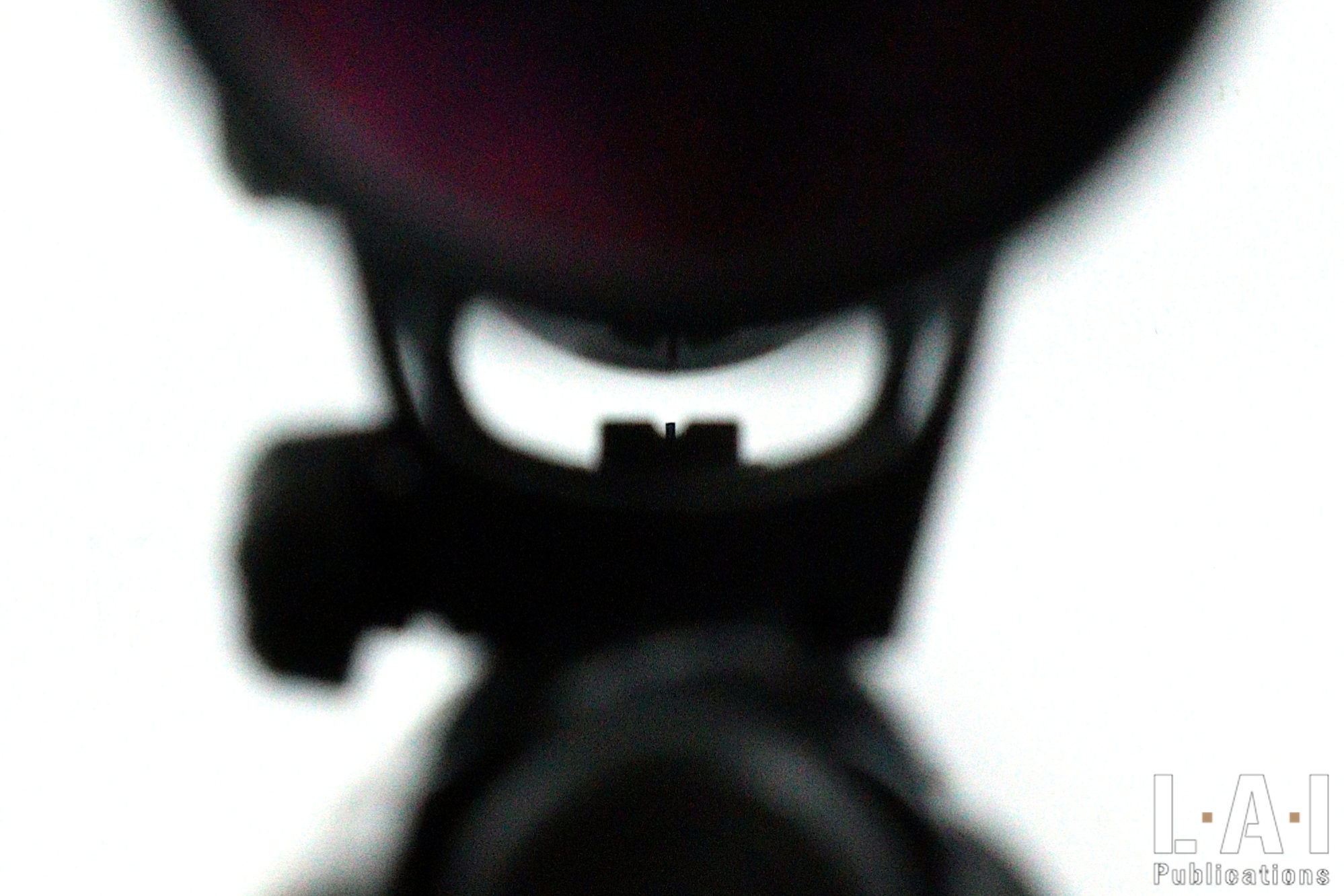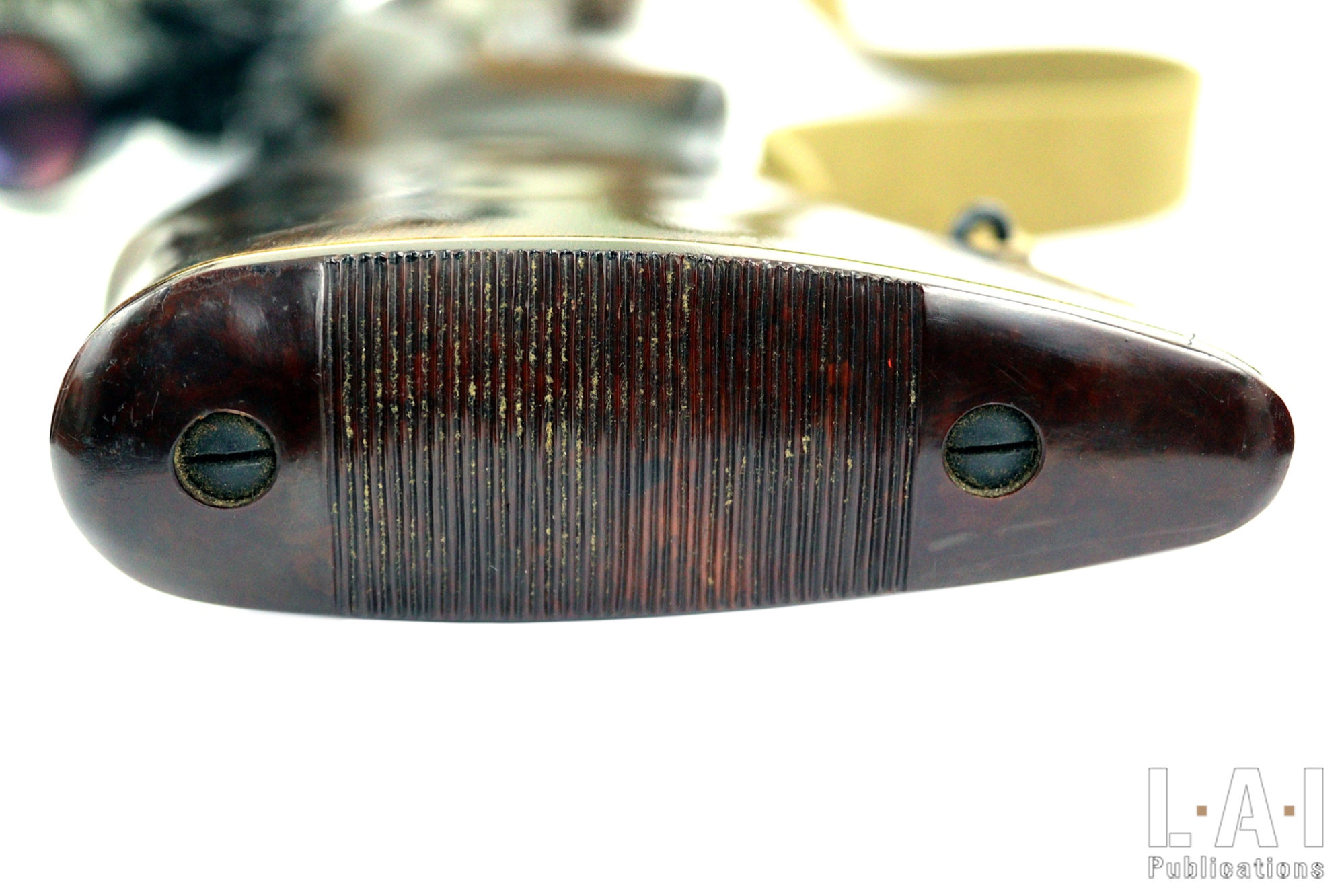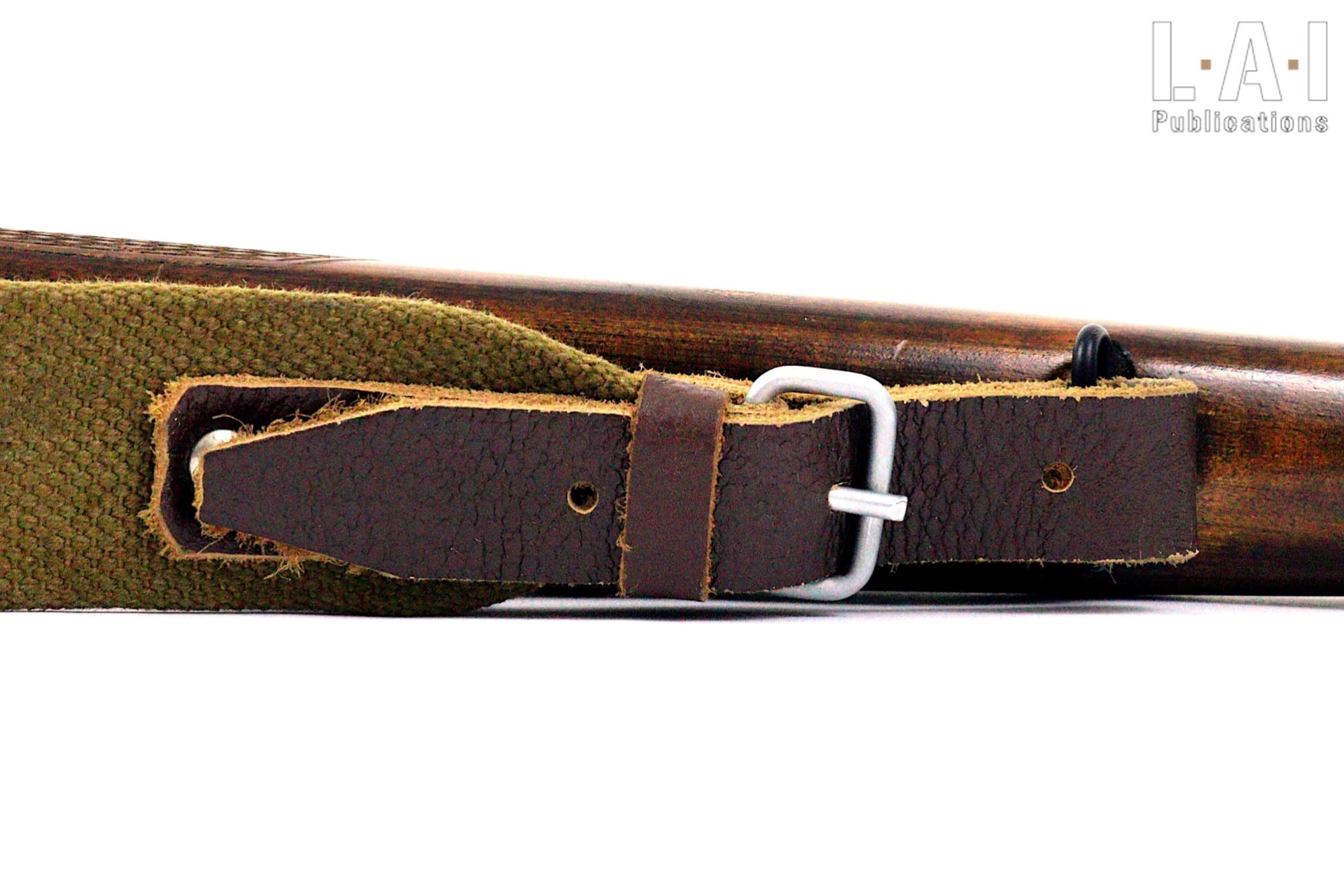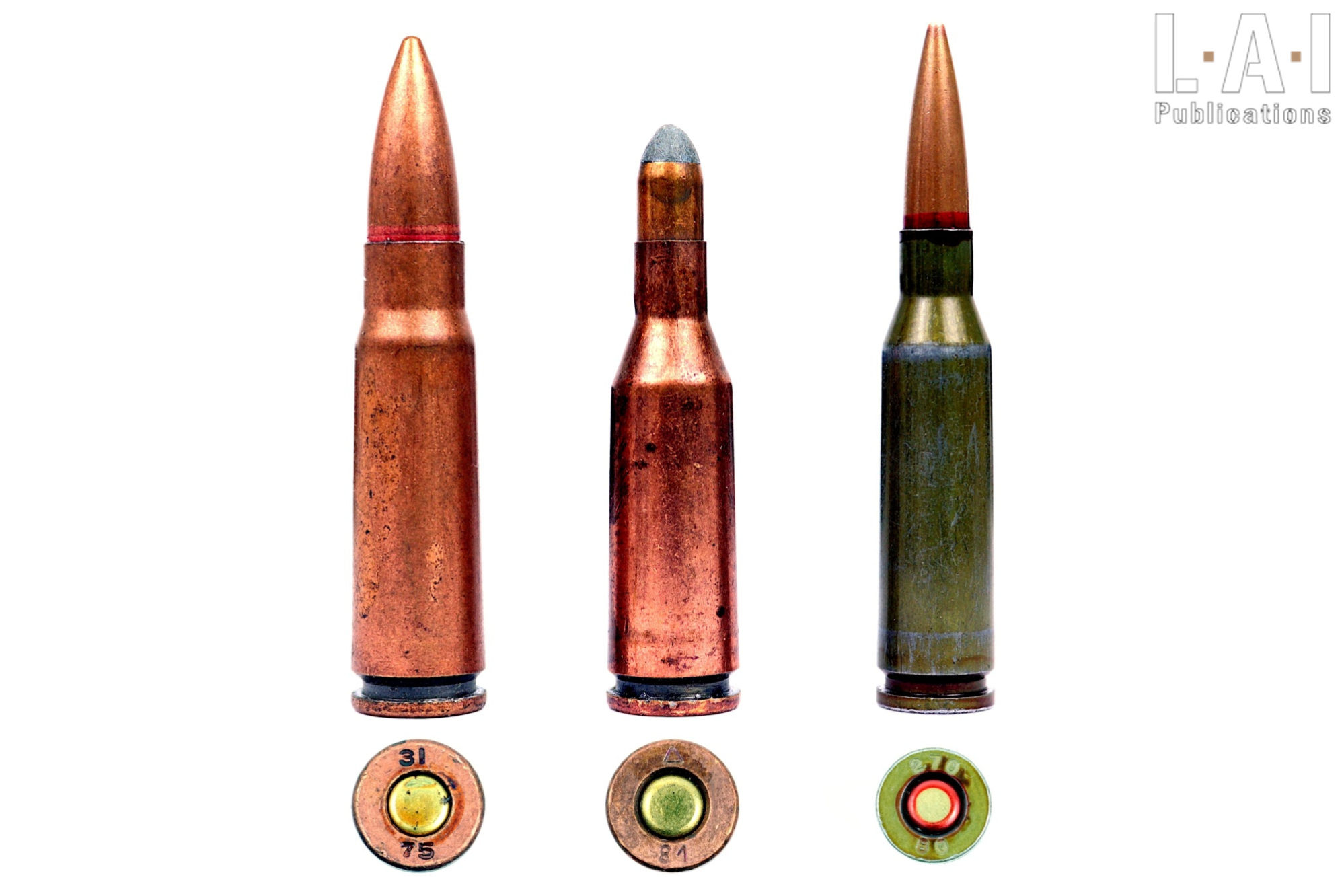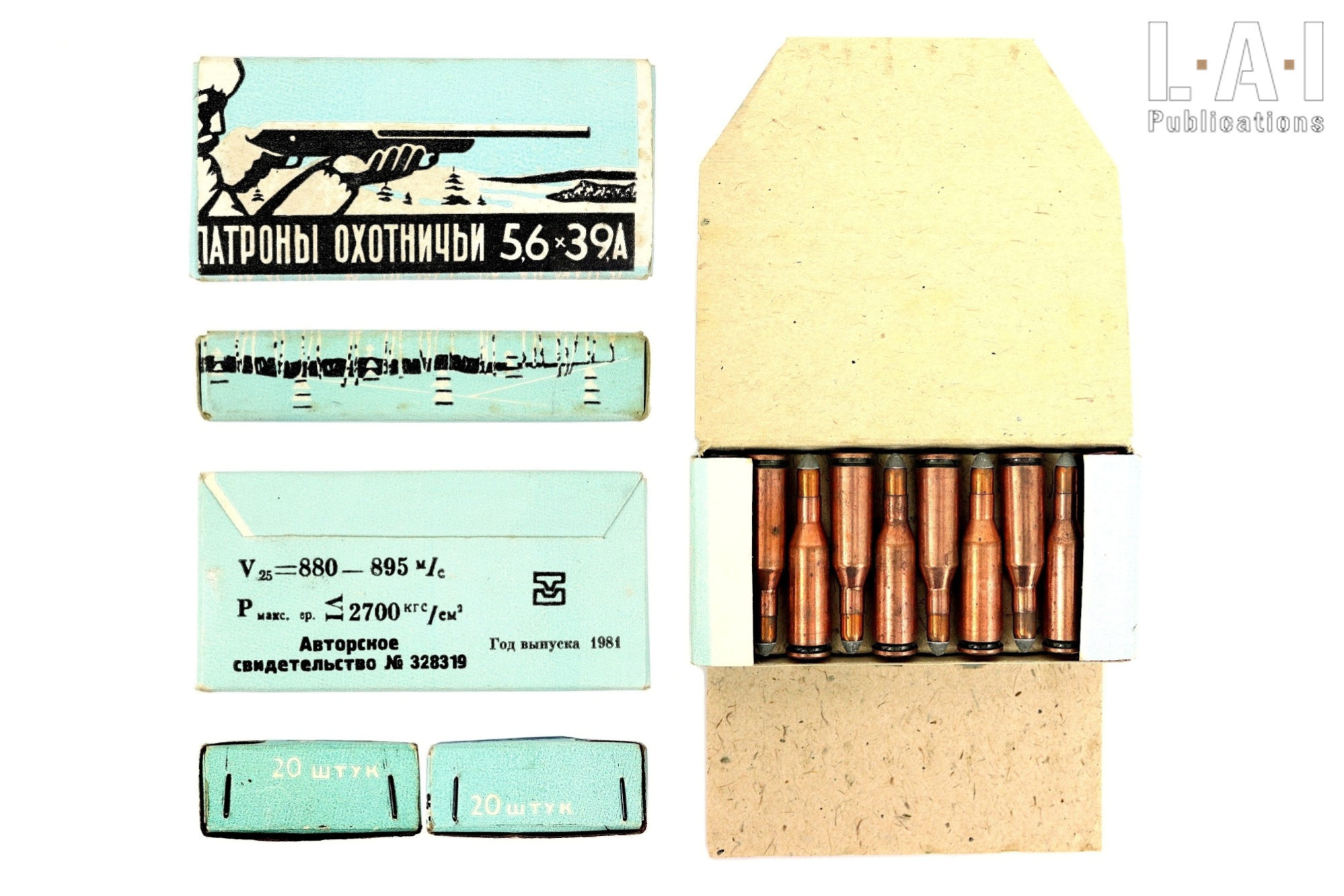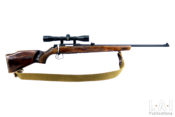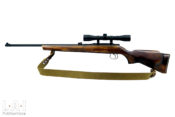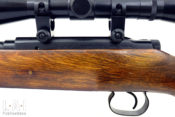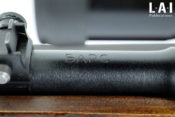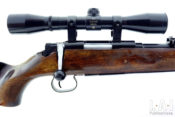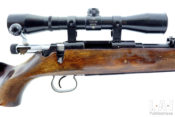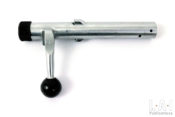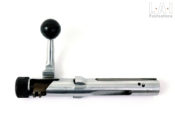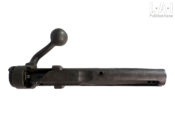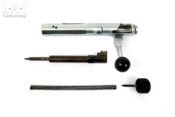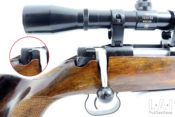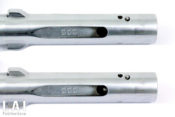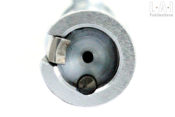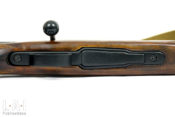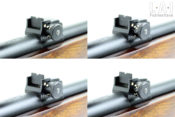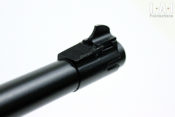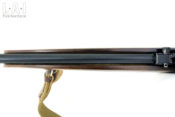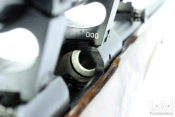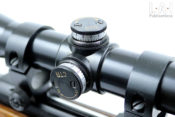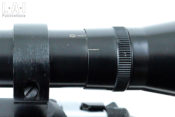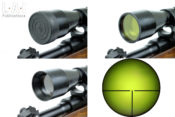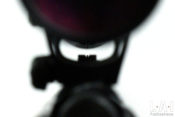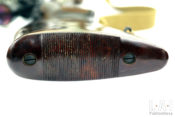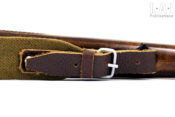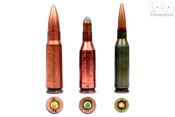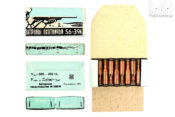The Soviet BARS hunting rifle in 5.6×39 caliber

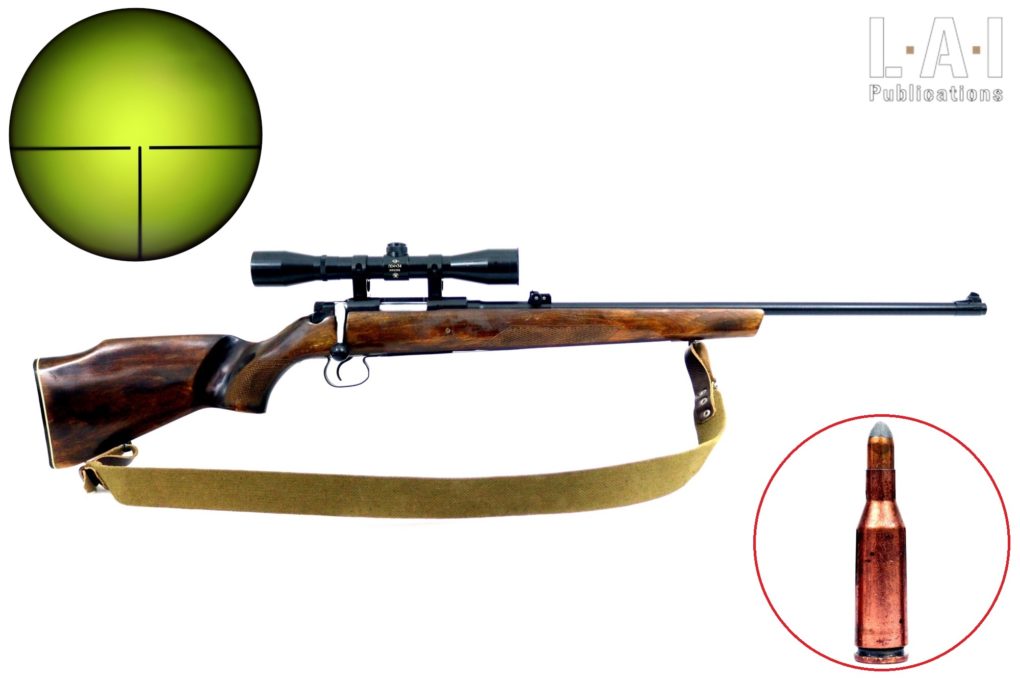
The Soviet Union is well known for their productions of military equipment. However, when it comes to small arms weapons, it has also been creative in terms ofequipment for the civilian area. Thus, whether for hunting or sport shooting, many creations have been made, and just like their military armament, some opted for surprising choices. This is the case of this BARS hunting rifle.
Hunting in the USSR
Contrary to what one might think – some see the USSR only as a huge open-air Gulag – hunting was not banned under the reign of the Politburos. Thus, during this period, “sporting” but also professional hunting (for fur in particular) was rubbing shoulders, with more or less fortunate practitioners. If we keep the image of L.I. Brezhnev or M.T. Kalashnikov himself engaged in this activity, it should not be forgotten that different ethnic groups could resort to hunting because of their traditional lifestyles. Thus, the need for weapons for this activity was far from non-existent, and like the need for an off-road vehicle for civilian use (notably embodied by the famous VAZ 2121, better known in our countries as the Lada Niva), the range in this field was developed… and abundantly produced! However, this would not prevent the regular use of venerable Mosin-Nagant and other SKS-45s (without their bayonets) for hunting. Among the weapons produced specifically for this purpose during this period, we find in particular the over-and-under TOZ 34 shotgun or the Medved rifle (“МЕДВЕДЬ”, bear in Russian), directly derived from the SVD-63 “Dragunov” rifle. The weapon that interests us here is much rarer in western countries, especially in this early variant: it is the BARS rifle (“БАРС”, which means “Leopard” in Russian) marketed under the trademark “Baikal” (Pics. 01 to 04).
A rather atypical rifle
At first glance, this rifle that dates from the early 1960s (we often find 1961 as the date for both the rifle and for the caliber) seems “ordinary”. However, it is originally centered around a mechanism finally little used for hunting weapons: one heavily inspired by the MAS 36 rifle, itself inspired (for its nut) by Arisaka rifles (Pics. 05 to 09). We are therefore radically moving away from the classic bolt of the Mauser 98, or even that of the Mosin-Nagant yet omnipresent in the USSR. This choice is not absurd: this mechanism offers a bolt that is – in all objectivity – a model of simplicity. It consists of few parts and allows, by the use of lugs at the rear of the bolt (something inspired by the MAS 36 and not the Arisaka), the creation of a short receiver. The disassembly of this bolt is therefore extremely easy:
- Remove the bolt of the weapon (by pulling the trigger)
- The bolt nut is pressed and turned clockwise: after a quarter turn, the cap detaches from the bolt body and allows the firing pin and its spring to be removed (Pic. 10). Disassembly is easier when the firing pin is previously released.
We are far from a Mauser bolt… which is not really complex to disassemble either, but which has more parts, including the safety of the weapon, let’s remain objective! Here the safety is positioned on the right side of the receiver, at the rear of the bolt handle in the locked position (Pic. 11). When on, in addition to neutralizing the action of the trigger, it locks the bolt in the closed position. The thing is therefore resolutely thought for the “carry” in hunting action, ammunition chambered … nothing really surprising.
The bolt body is chrome-plated. It therefore has two lugs positioned on its rear part (some would say “central”, but we are actually behind the ejection port) and a long extractor with a strong lever arm for powerful action. The bolt handle ends with a ball made of synthetic material, always more practical in very cold weather.
The ejector is also an original choice: captive in the bolt, it is actuated by the rear focusing of the bolt on a fixed element of the receiver: in this case, it is the front part of the sear (Pics. 12 and 13). This arrangement is unusual on a bolt-action weapon… and even on an automatic weapon. It is actually mainly found on… the MG 34 and MG 42 machine guns! The idea is nevertheless excellent, especially on a manual-operated repeating weapon: it allows a little complex implantation in the bolt while avoiding the use of a spring to power the ejector. This last point is problematic, because the power of the ejection, dependent on a spring, can be a source of jamming depending on the cycle speed. The same is true for a manual repeating weapon (experienced on some weapons with people who handle too slowly or too brutally!) than for those with automatic repeating. On the other hand, on the MG 42 (well, in our case, a M53), we personally had to deplore a defect in the system: as the bolt carrier group must be put in stop on the shock absorber to generate the ejection, the resolution of shooting incidents of the “misfire” type is not as simple as on other weapons. Indeed, defective ammunition tends to stay into the bolt faceThe bolt face is the part of the bolt which in set place the... More. The opportunity to remember that this machine gun is a crew-served weaponA weapon which is designed to be used by a team of several p... More: when there’s two of us, everything becomes simpler!
But back to our БАРС. The feeding is provided by an internal magazine of 5-round which is loaded by the ejection port and whose closing plate, in stamped steel, reminds of a Mauser 1898, but without the possibility of opening it to empty the magazine (Pic. 14).
The iron sights are neat: a rear sight U-shape notch with a front sight blade (Pics. 15 and 16). The rear sight is adjustable by a knob on the right side for ranges 100, 200, 250 and 300 m. These are consistent choices for a caliber that displays slightly lower performance than the .222 Remignton (we will come back to this). It offers no initial adjustment arrangement other than the one in direction by drifting the front sight on its dovetail.
The quality of the manufacture is obvious, but as often with Soviet equipment, without ostentation: it is a tool, first and foremost. Note that the barrel, which is chromed core and chamber, is totally floating after the rear sight support (Pics. 17 and 18). The rest of the weapon is painted matt black, in a very military juice… but above all very utilitarian.
The weapon we have in our hands had its scope. Yes, it is indeed a scope and a mounting dedicated to the weapon, the latter being even numbered to the number of the weapon! It is a ПО 4×34 scope (manufactured by ZOMZ: Загорский Оптико-Механический Завод, or “Zagorsk Optical and Mechanical Factory”, also known under the company name “Kronos”) with a No. 1 reticle. This may seem “basic” at first, but it actually offers all the useful provisions for optimal use, including under protective caps, real turrets of settings that can be zeroed and a diopter adjustment (Pics. 19 and 20). It is equipped with a yellow filter that could be screwed onto its lens, a very useful arrangement for shooting in a snowy landscape, the color allowing an increase in the perception of contrasts (Pic. 21). And to think that some say that these lenses are yellow because of the ageing glue … The scope mount makes it possible to aim with the iron sight when the scope is mounted… decidedly, the whole is pragmatic (Pic. 22)!
As usual among the Soviets, the butt is made of authentic tree wood… More seriously, birch, some may find the aesthetics questionable: a tool we tell you. Similarly, the layer plate is a classic of the USSR: it is made of Bakelite (Pic. 23).
The set offers a light weapon, space-saving, quick to trudge through the daily use of the Siberian Taïga … or the undergrowth of a forest in the Tarn (TN: French Southern region)! It is even equipped with a sling, just as Soviet as the rest (Pic. 24).
A second-generation intermediate caliber, really?
Another great originality of this hunting rifle is its caliber: the 5.6×39 (Pic. 25). This caliber probably proposed as early as 1961 (and which is even CIP since February 15th, 2000) consists of a case of 7.62×39 restricted for a… 5.6 mm bullet! So, yes, this caliber was used even before the 5.56×45 was adopted by the US Air Force in 1964 and while the .223 Remington was under development by Armalite / Remington … Enough to give food for thought to those who think that the United States were the only country to explore the caliber reduction at this time. But the .222 Remington also predates the .223 Remington… to name but a few! In reality, the calibers reduction studies for different uses (including military) were not born at this period: they started obviously earlier and took place in most countries producing small arms weapons.
As Philippe Reigenstreif wrote in his 1983 book “Soviet and Eastern Powers Ammunition” (but not in the 2000 re-edition, which is just as interesting), it is a caliber that has caused a lot of ink to be spilled in its time. Indeed, some people considered it then – not without reason – as a military ammunition. Although the question was certainly studied for a time in the USSR, the adoption of a caliber finally quite different, the 5.45×39, confirms at least that this 5.6×39 was probably not considered compatible with a war use. Its use was therefore limited to hunting small game, with soft-point ammunition, (Pic. 26) but also, for sport shooting with FMJA bullet with a metal core (usually lead, sometimes with a m... More variants, especially used with the straight-pull rifle МБО-1 (MBO-1). This last rifle was notably intended for the discipline “Deer Running 100 m”, an Olympic discipline until 1956 according to our research! Times are changing…
The ammunition of this caliber therefore propels a 3.45 grams bullet to about 880 m/s … a slightly lower performance than a .222 Remington. All with, as generally with the Soviets, a reasonable pressure: 3500 bar of average maximum pressure announced by the CIP.
So yes, technically, the 5.6×39 displays the characteristics of a second-generation intermediate caliber: but this one has not been used militarily. So, it remains above all, a hunting and sport shooting caliber, just like the .222 Remington! And this does not take off any of its qualities, but here the notion of “intermediate caliber” loses its meaning when we talk about hunting or sport shooting! In a military context, it has a very clear meaning: an intermediate power between the handgun caliber and the “Full Power” caliber of the infantry rifle.
We had the privilege of firing a few cartridges: the shot is pleasant, of course! In terms of accuracy, if we have not had the leisure to conduct extensive tests, the feedback we have had tells us that if the weapon is clearly not a “precision” weapon, it displays performance quite compatible with its utilitarian vocation. Let’s not try to fit squares into circles!
In conclusion
Despite these apparent qualities, this rifle would be replaced during the 1980s by the BARS-4 and LOS-7 (ЛОСЬ meaning “Elk” in Russian) probably for reasons of productivity. The latter would themselves finally be replaced in 2018 for the Baikal 145 LOS rifle available in both .223 Remington and .308 Winchester. This BARS rifle and its caliber 5.6×39 remains extremely rare in our western latitudes… and still is a highly coveted collector’s item! In reality, these rifles are like Pokémons… We want to catch them all!
Arnaud Lamothe
This is free access work: the only way to support us is to share this content and subscribe. In addition to a full access to our production, subscription is a wonderful way to support our approach, from enthusiasts to enthusiasts!


